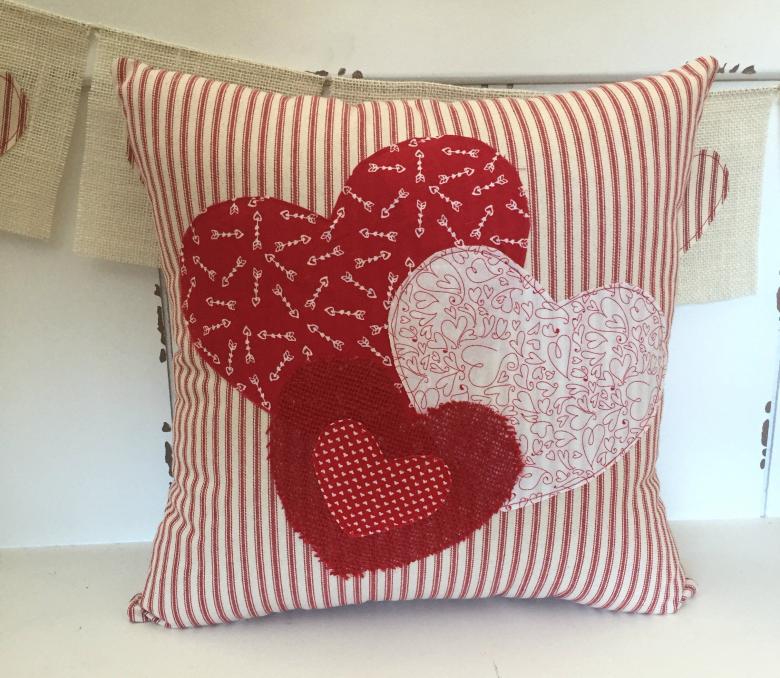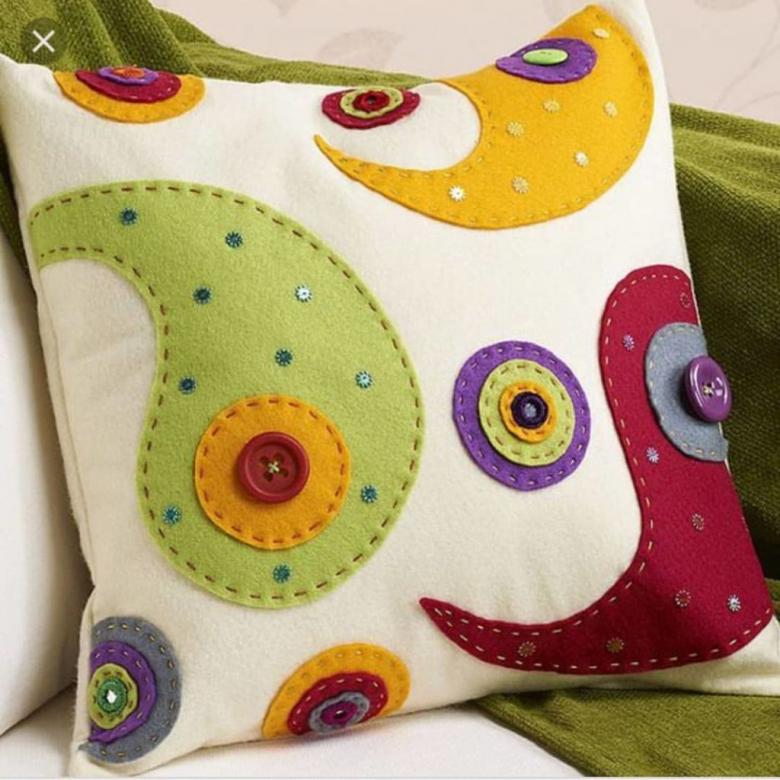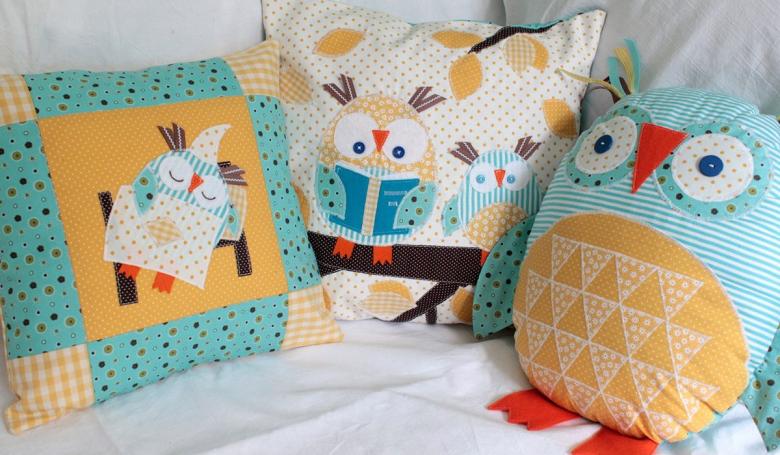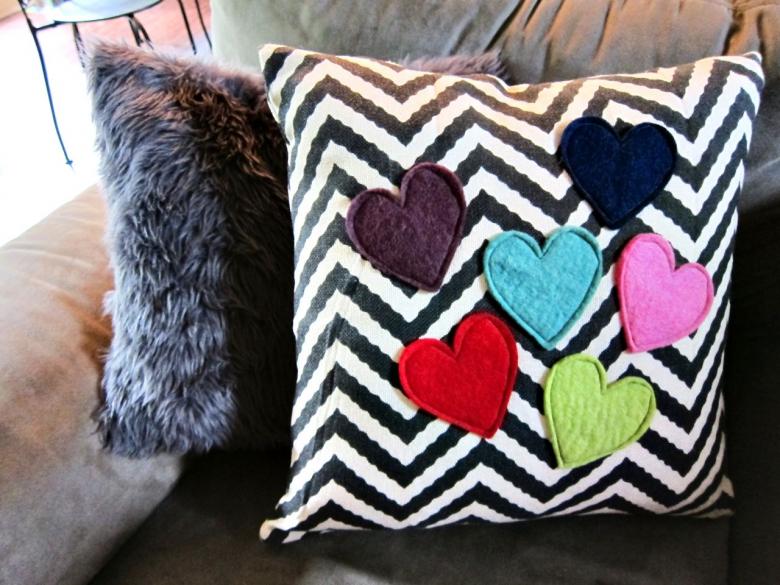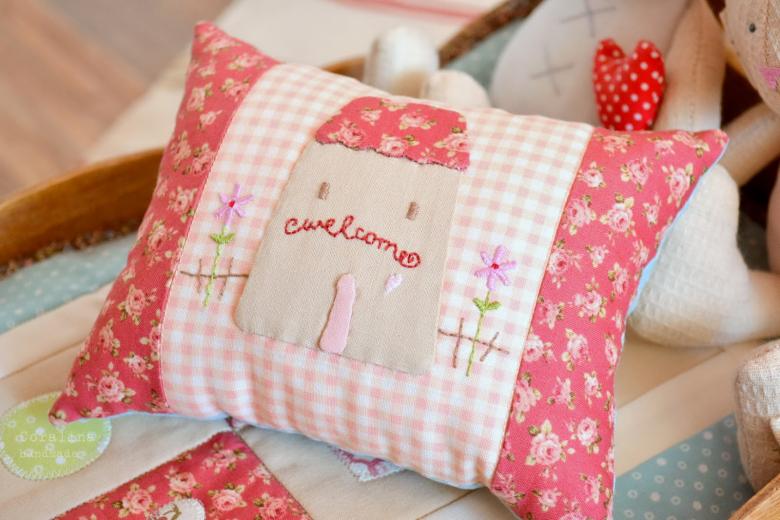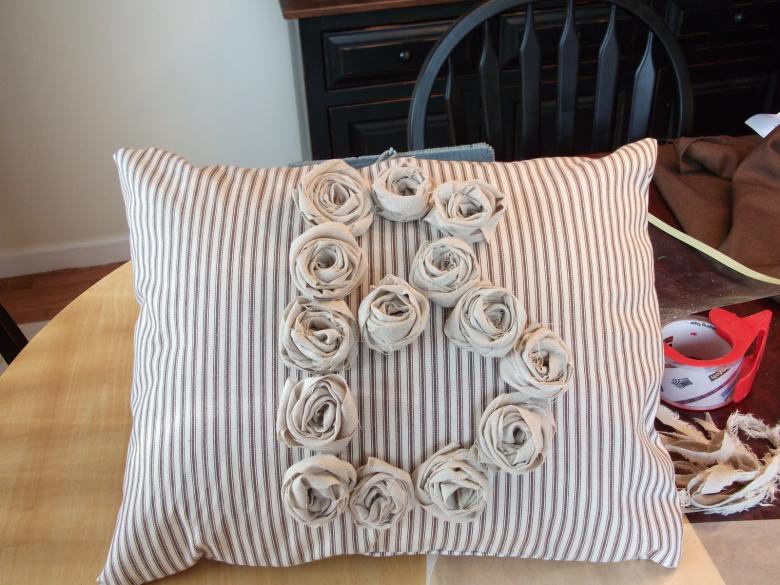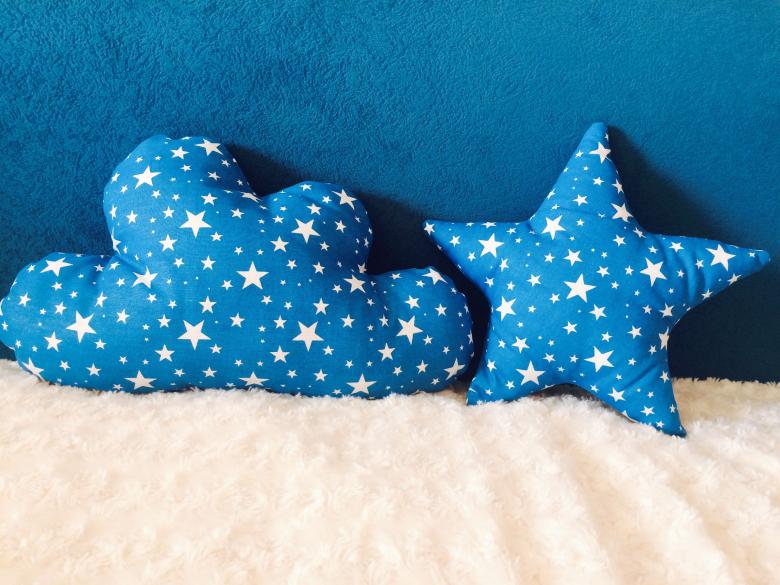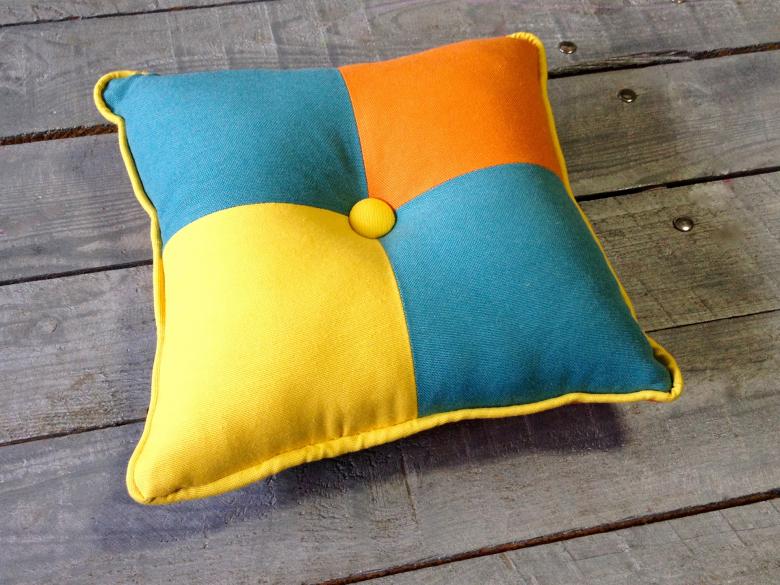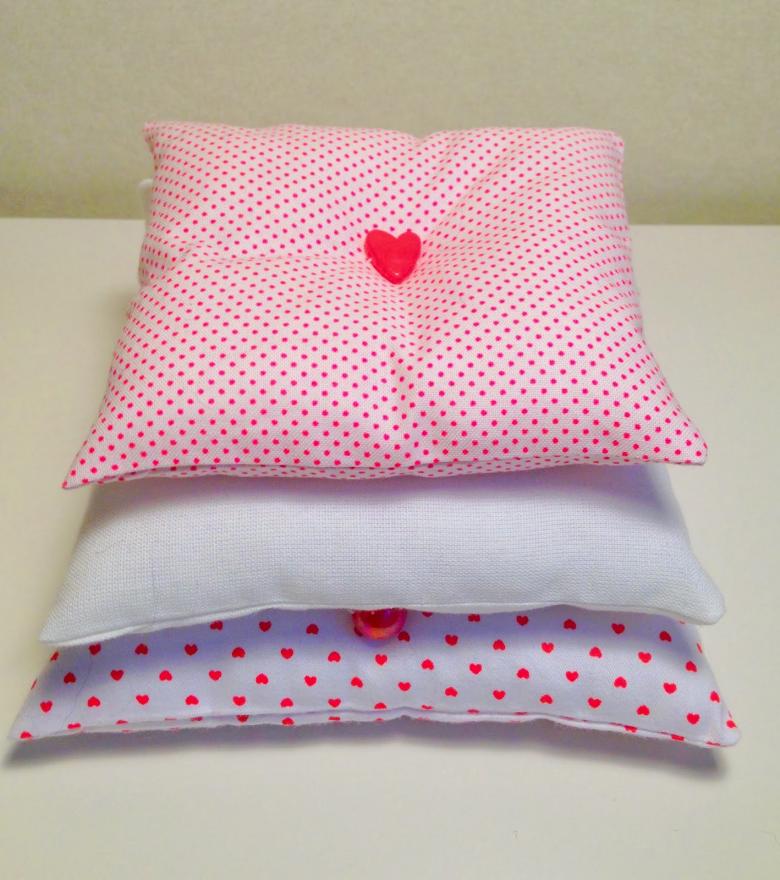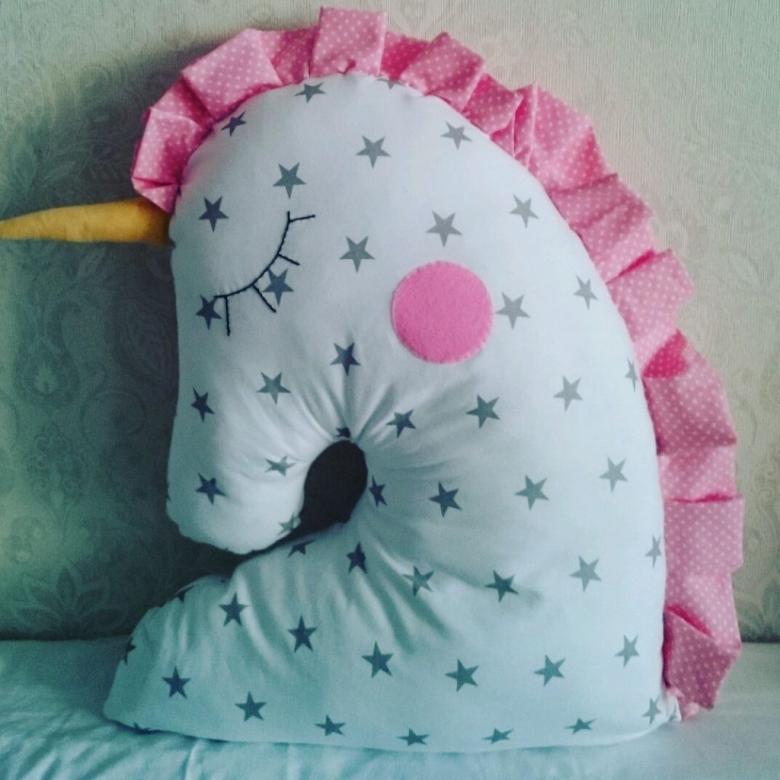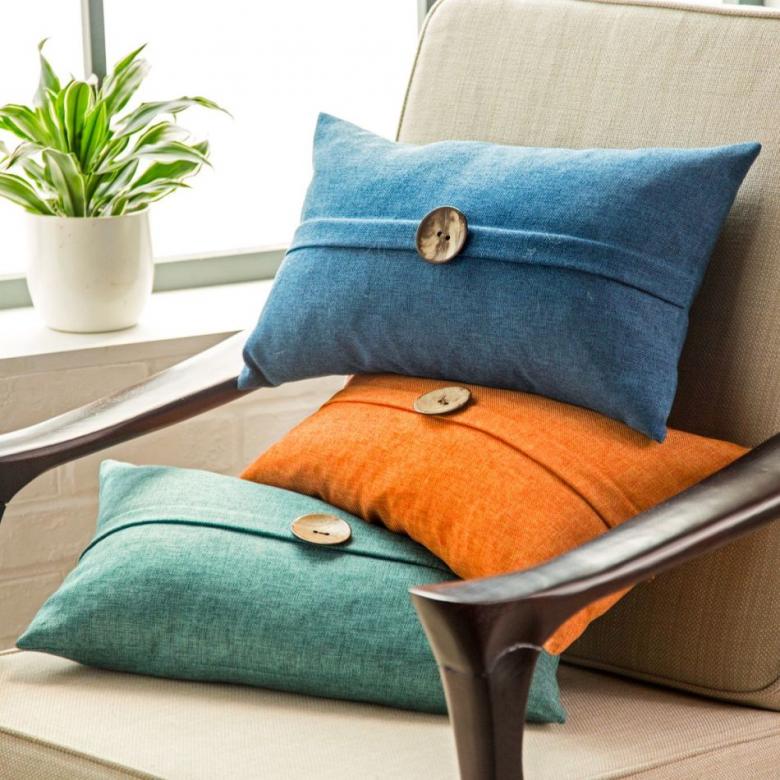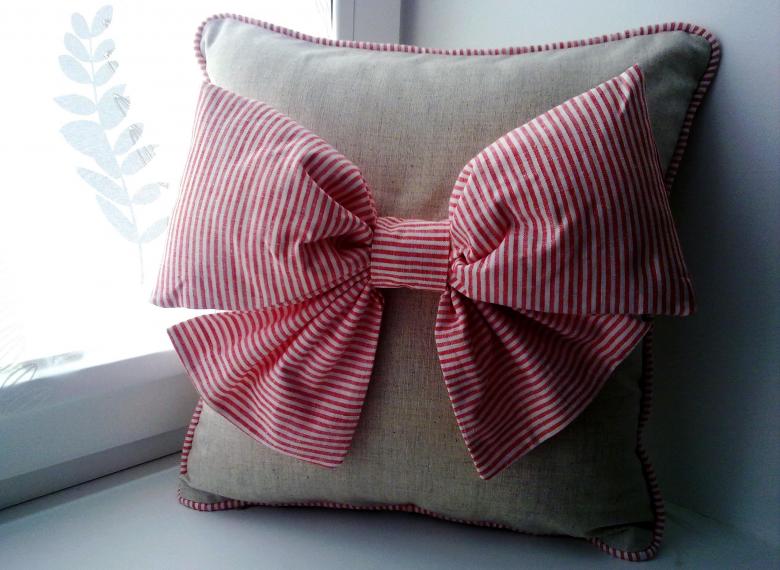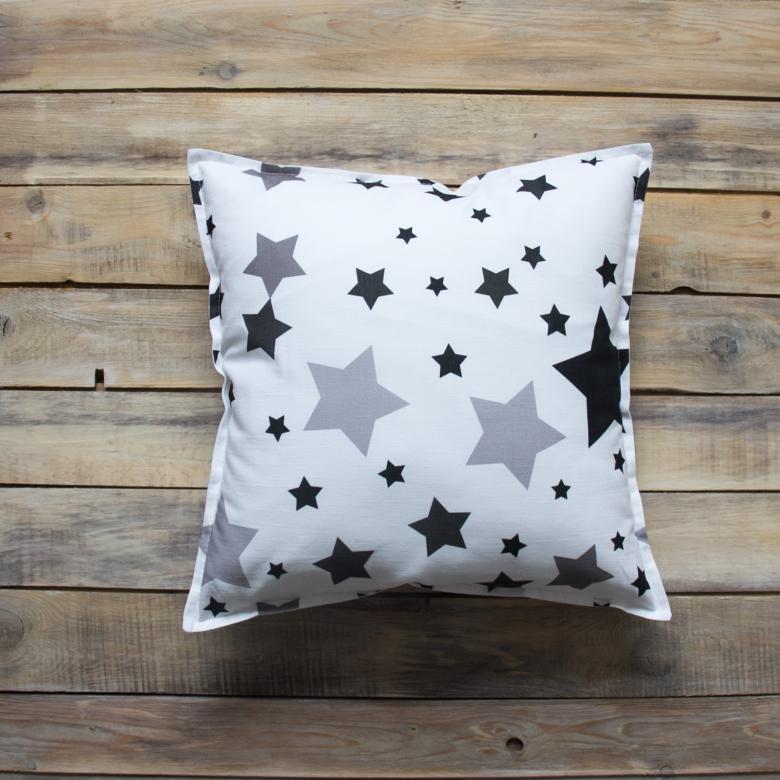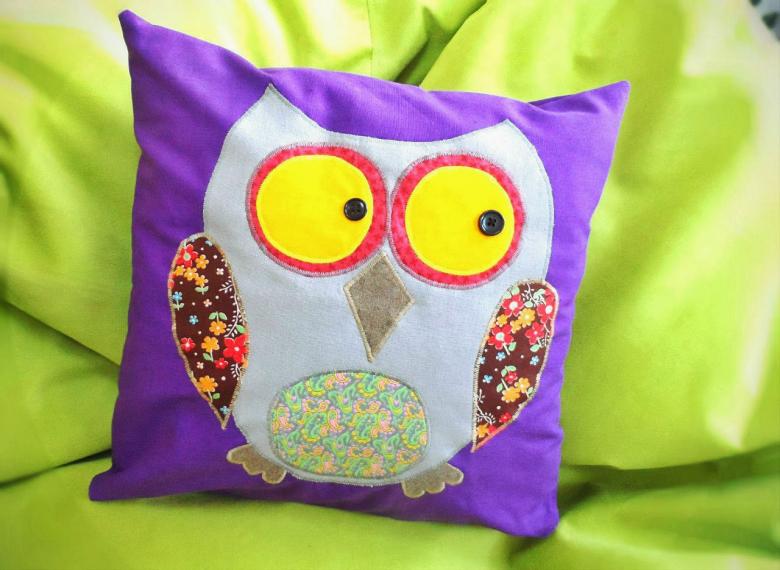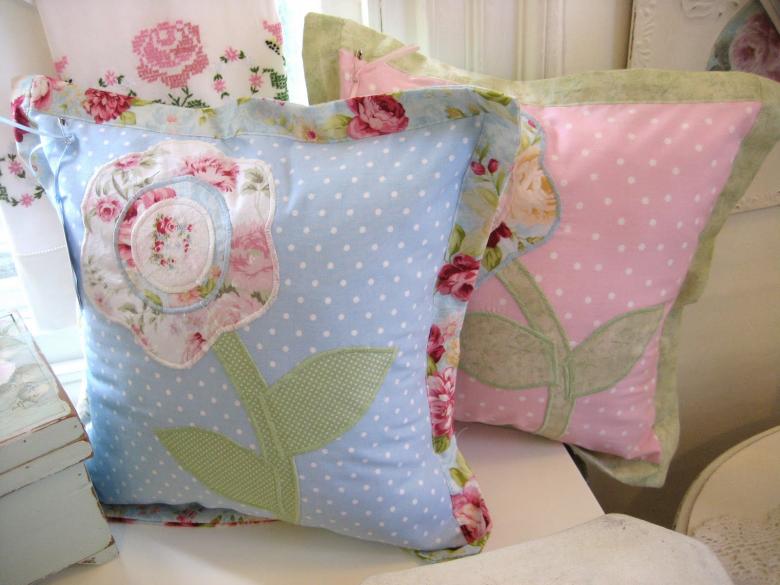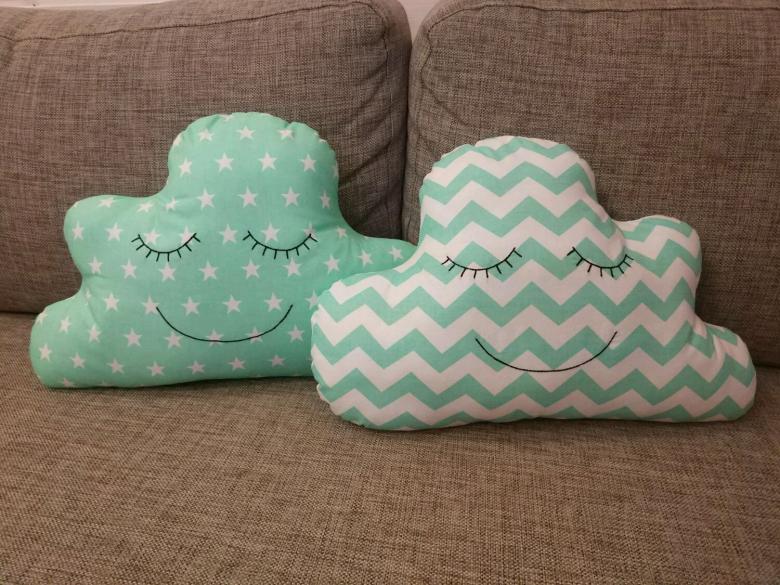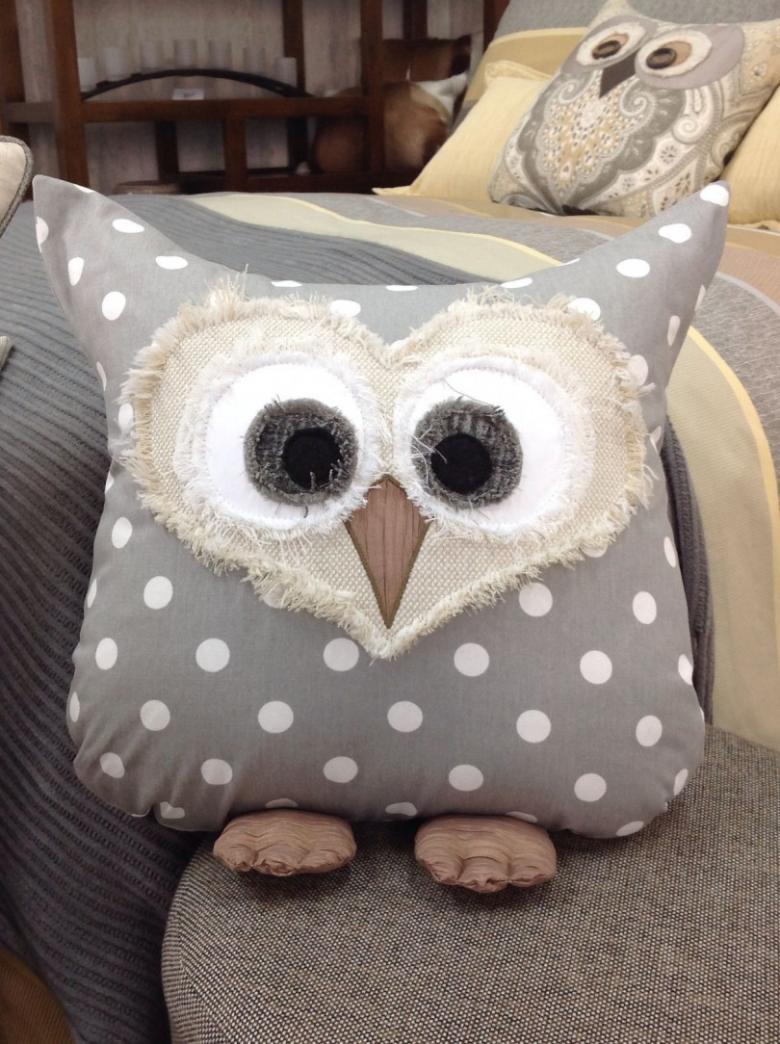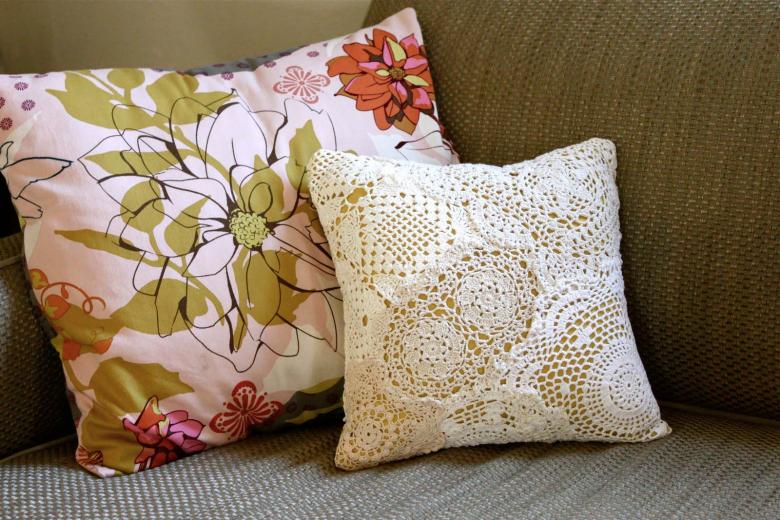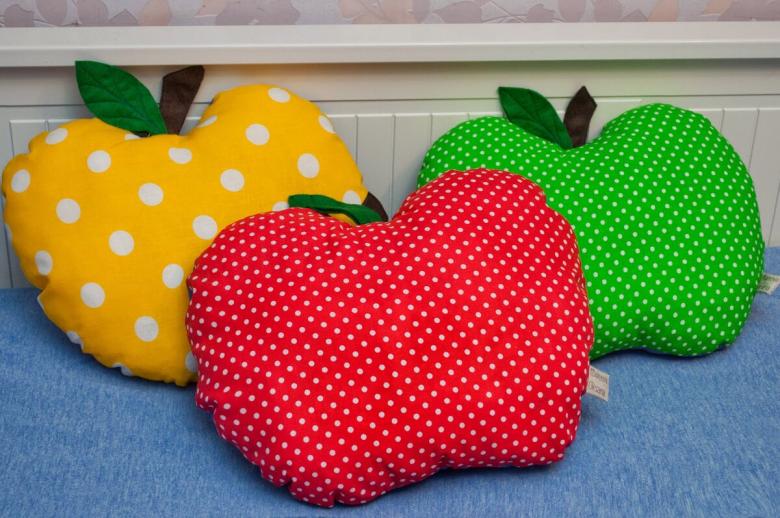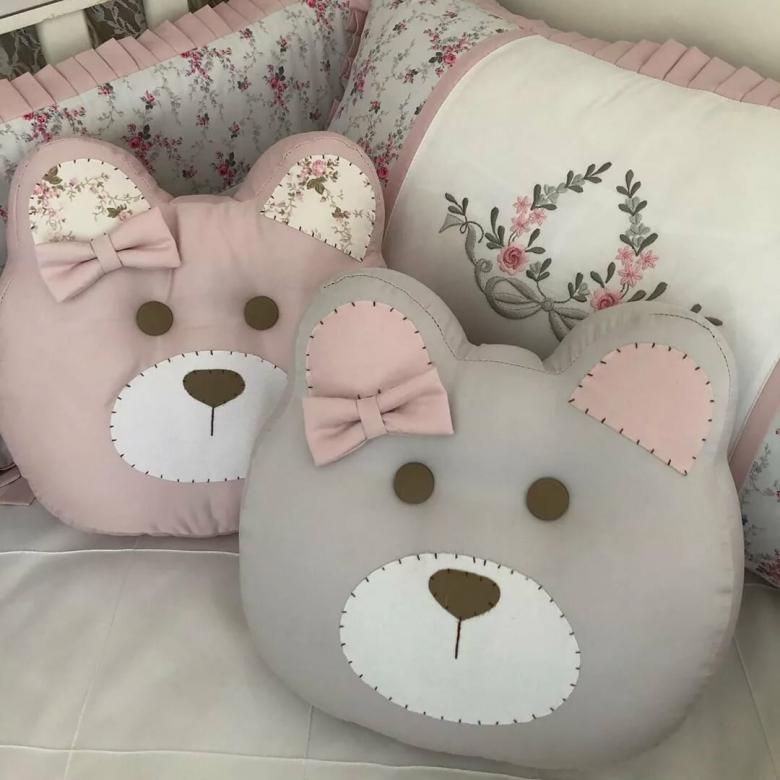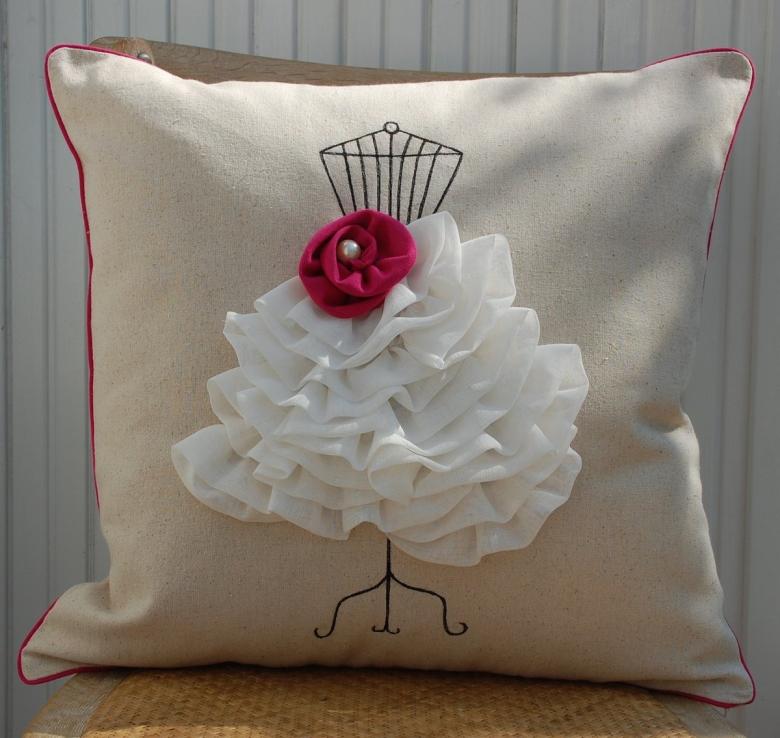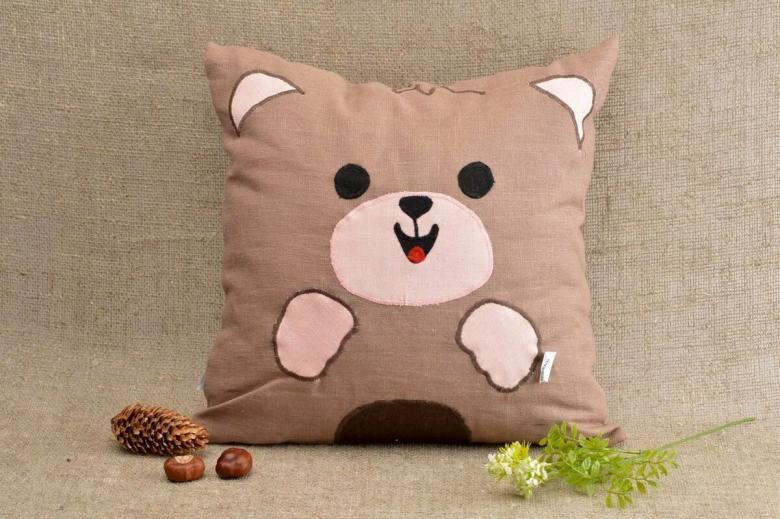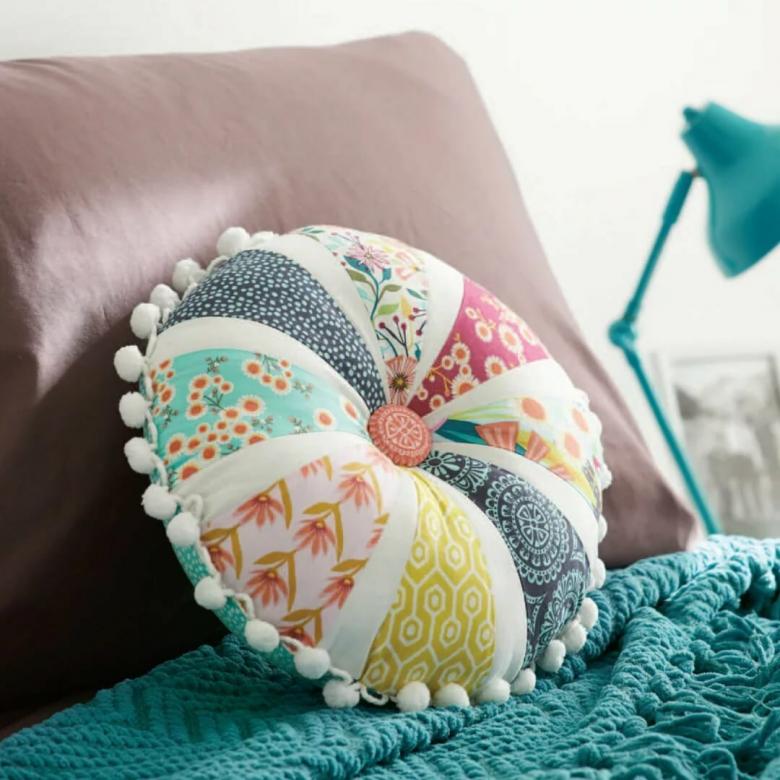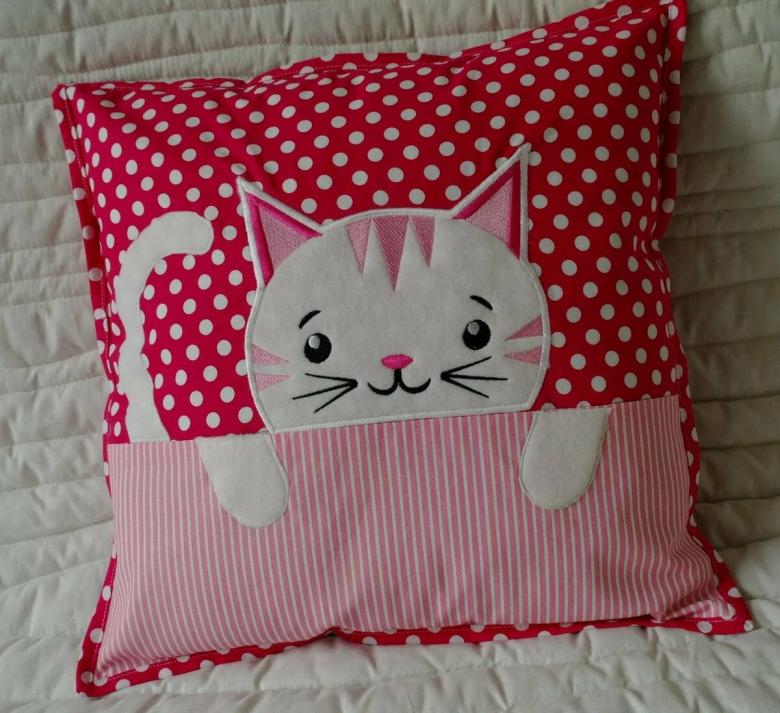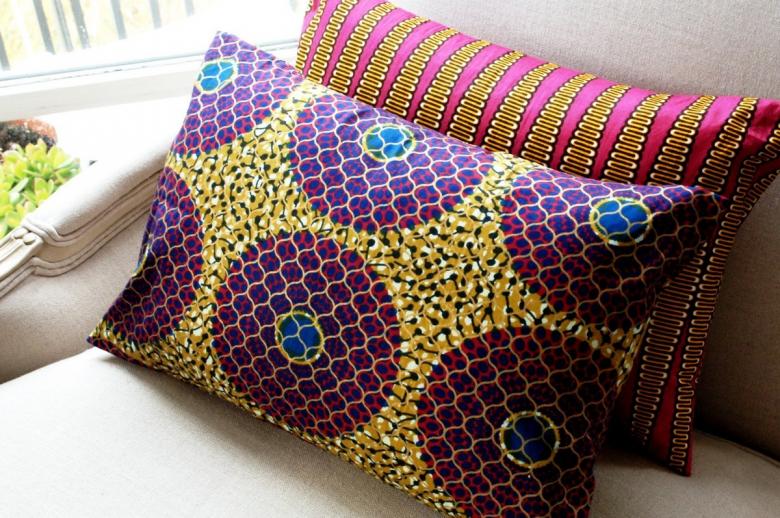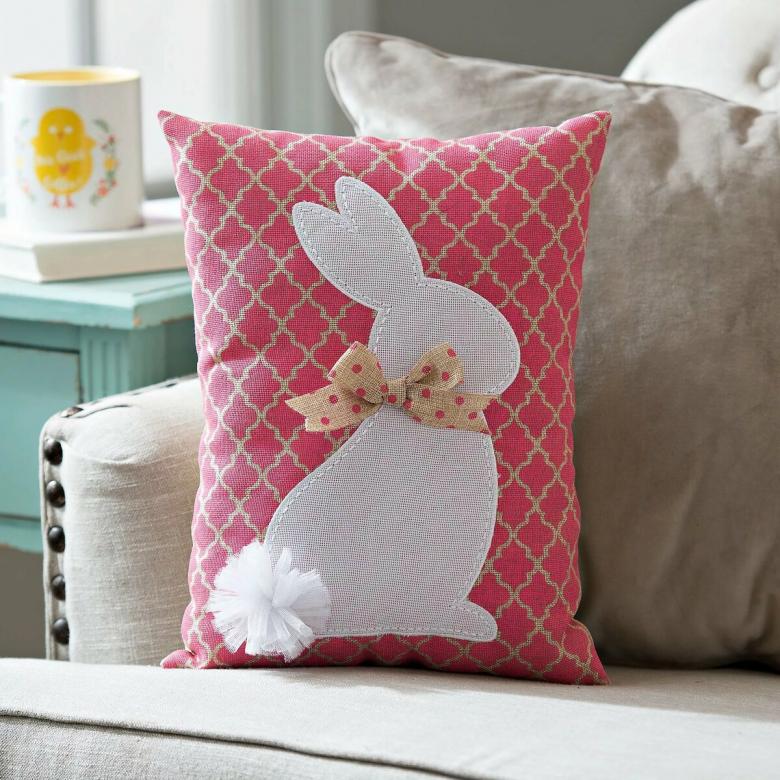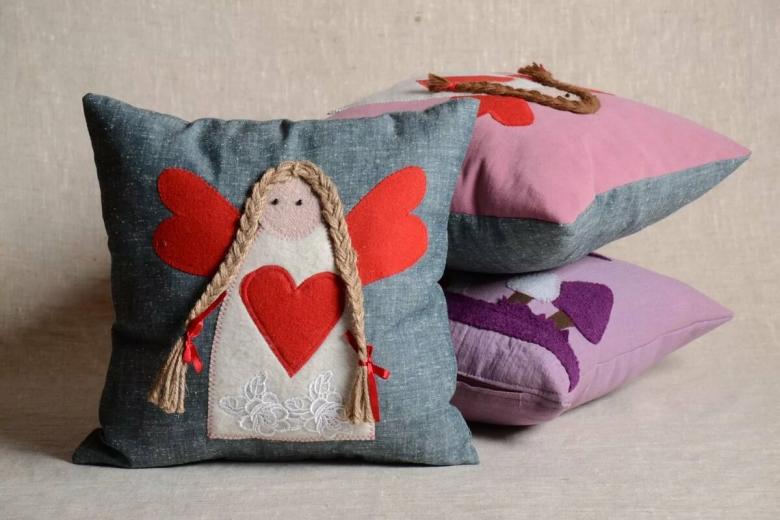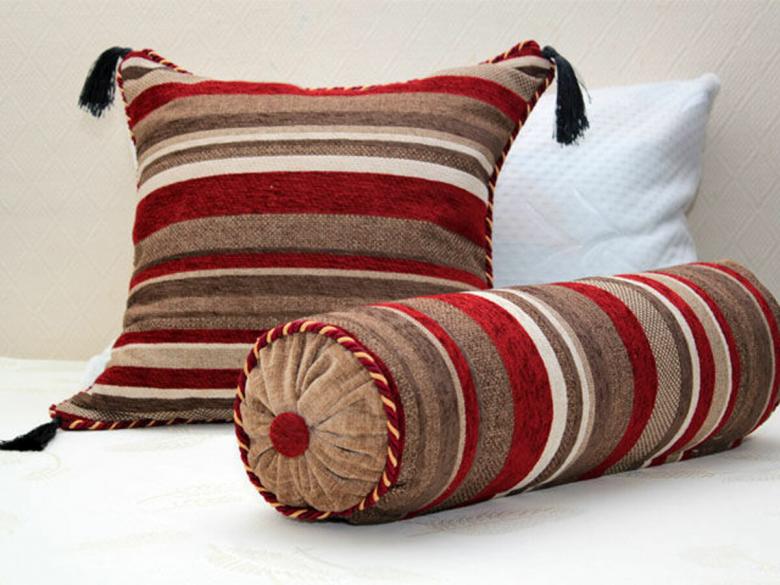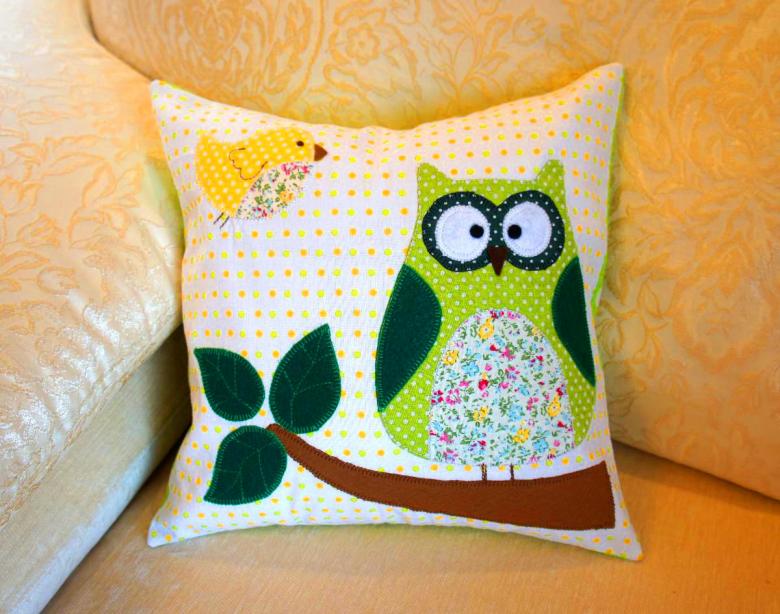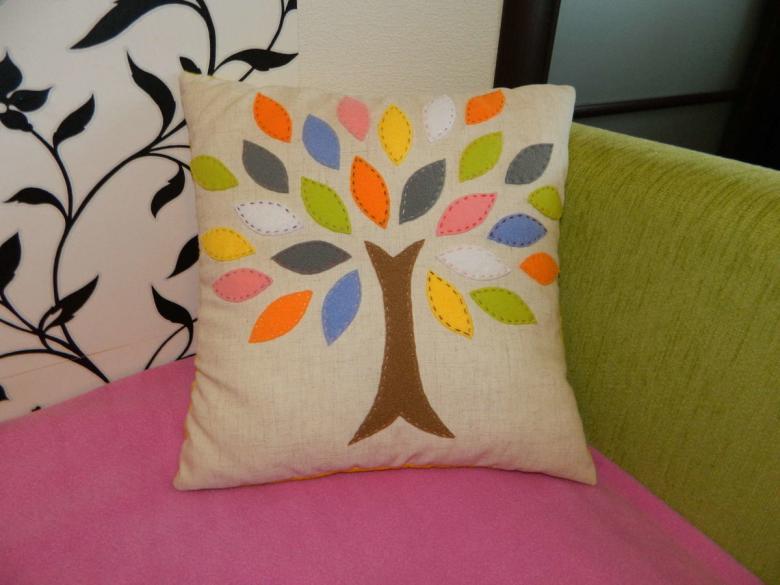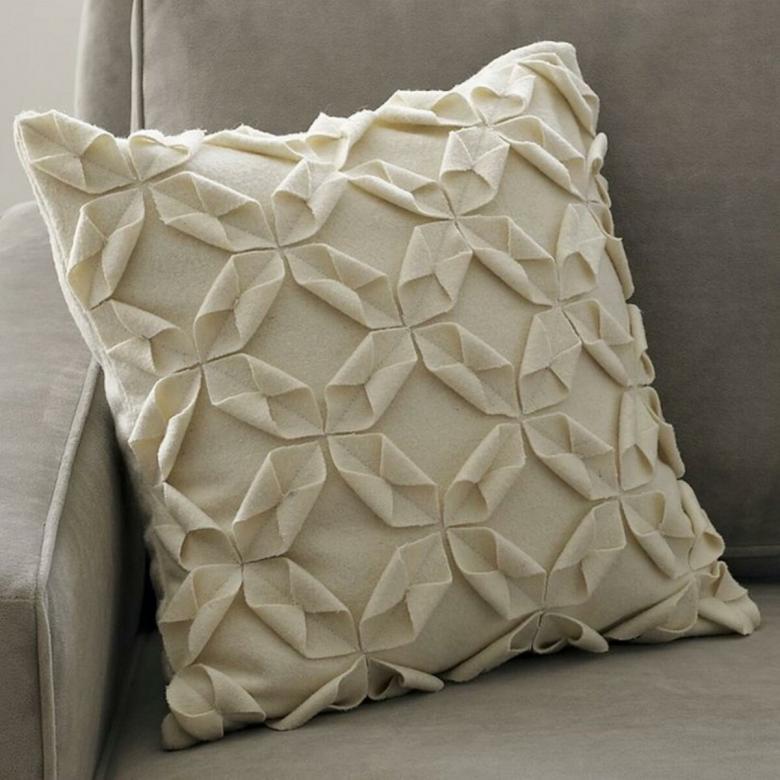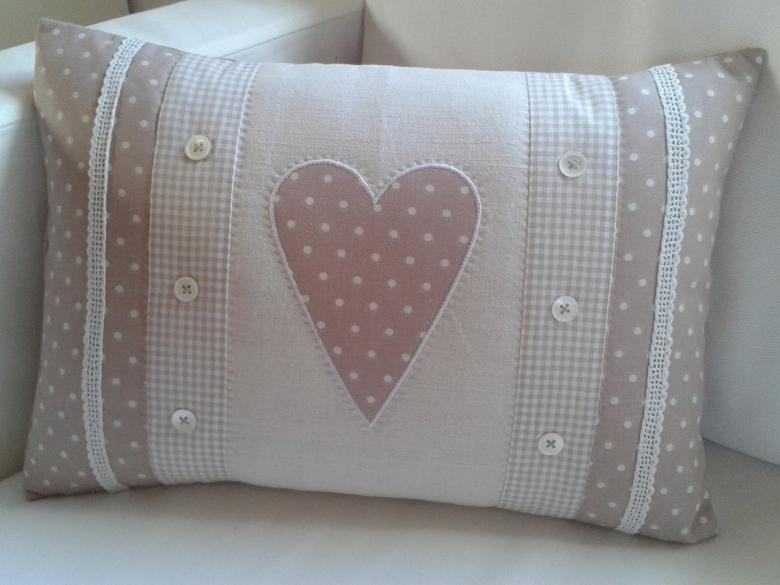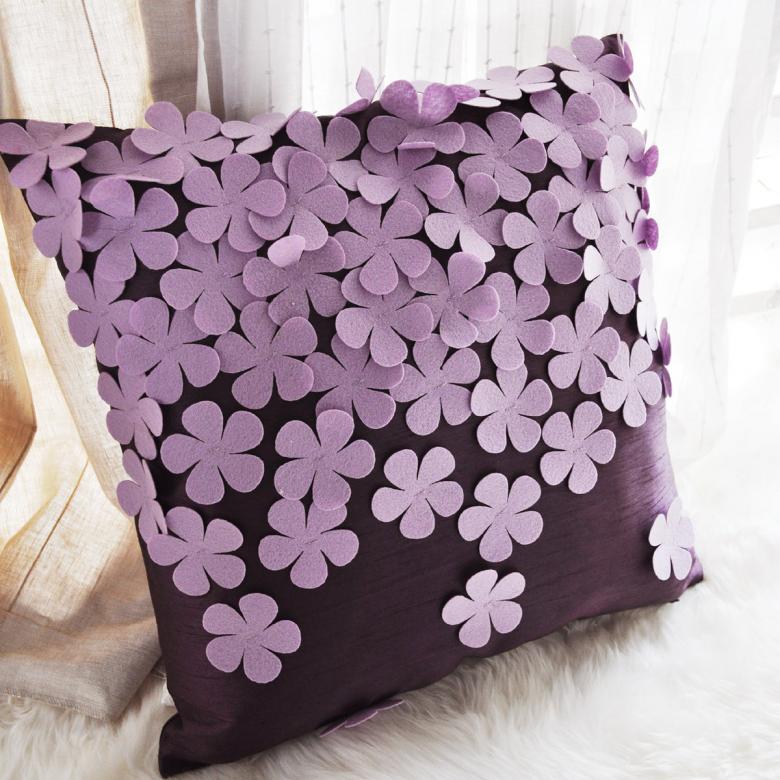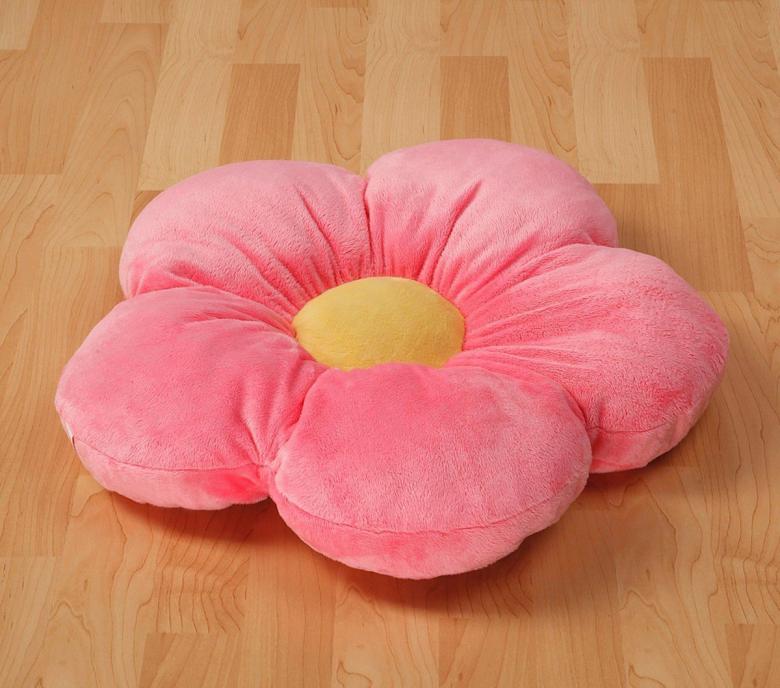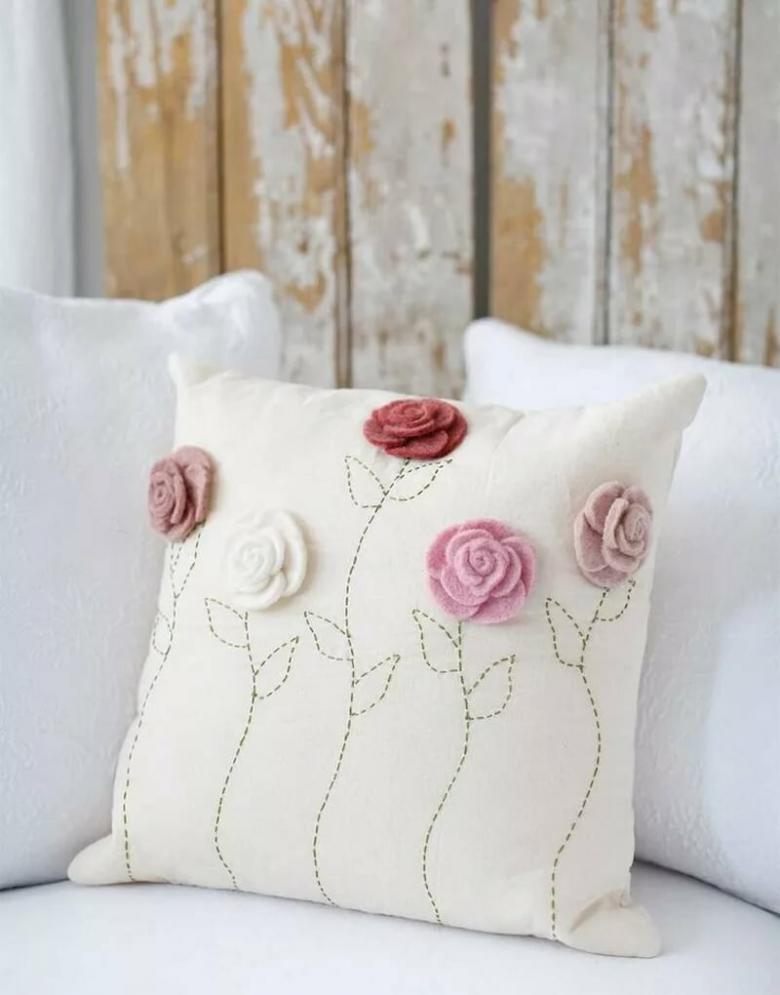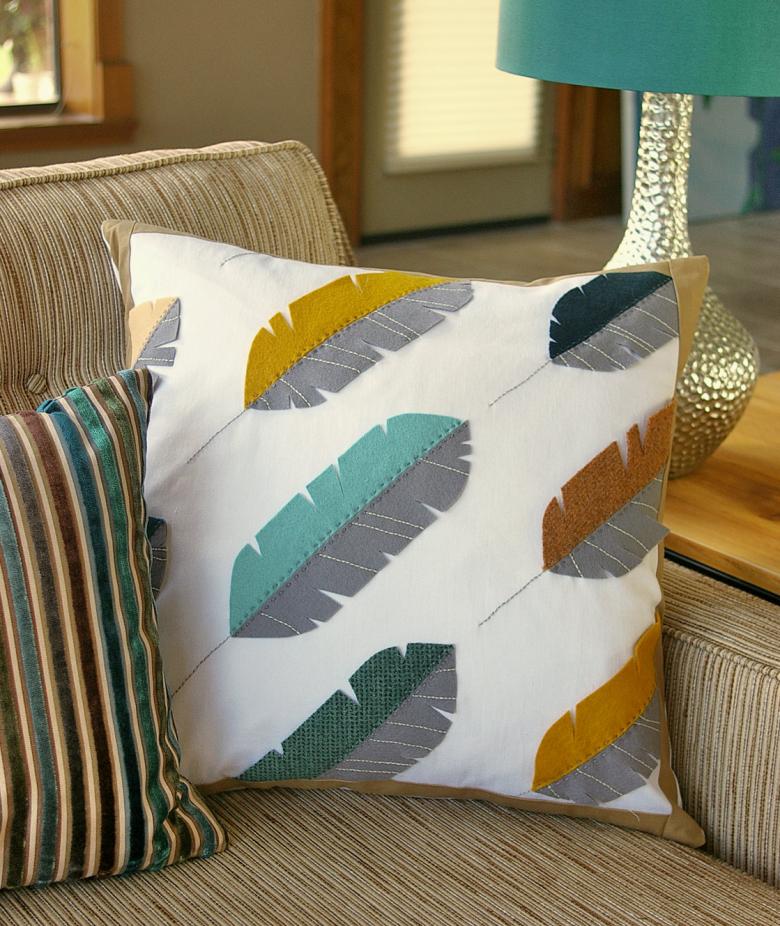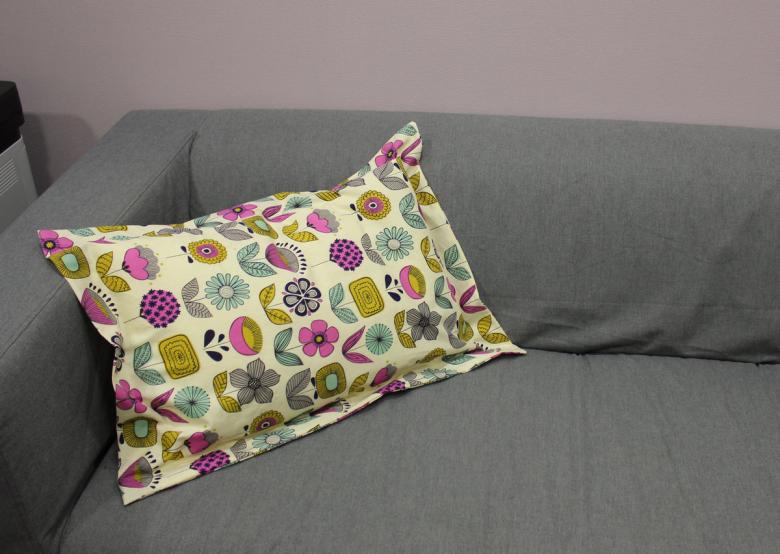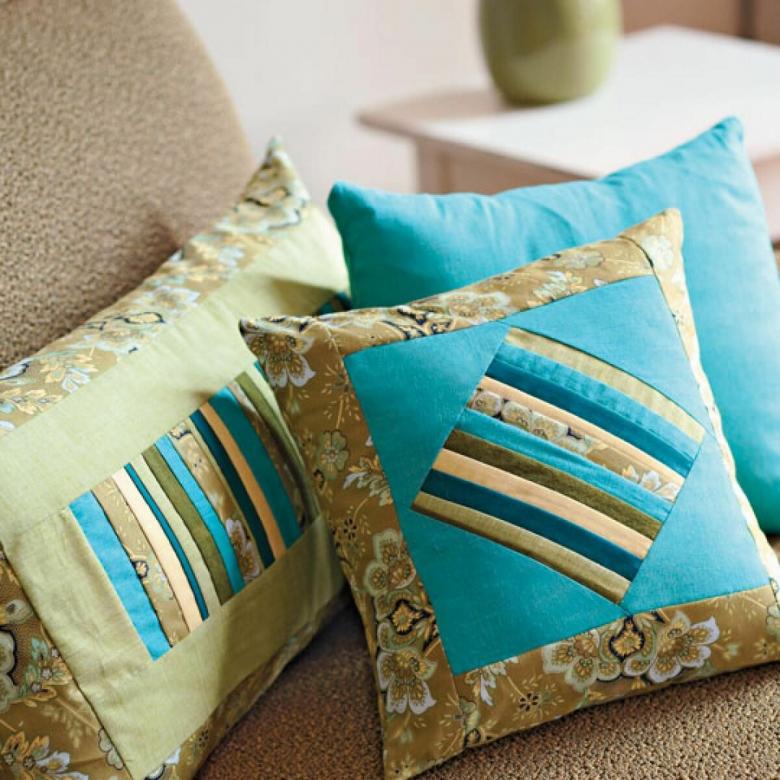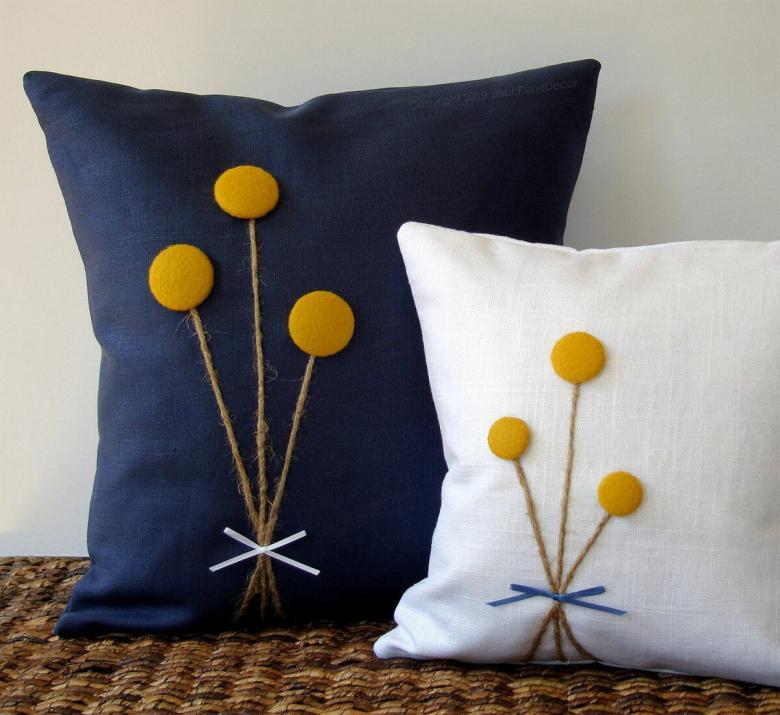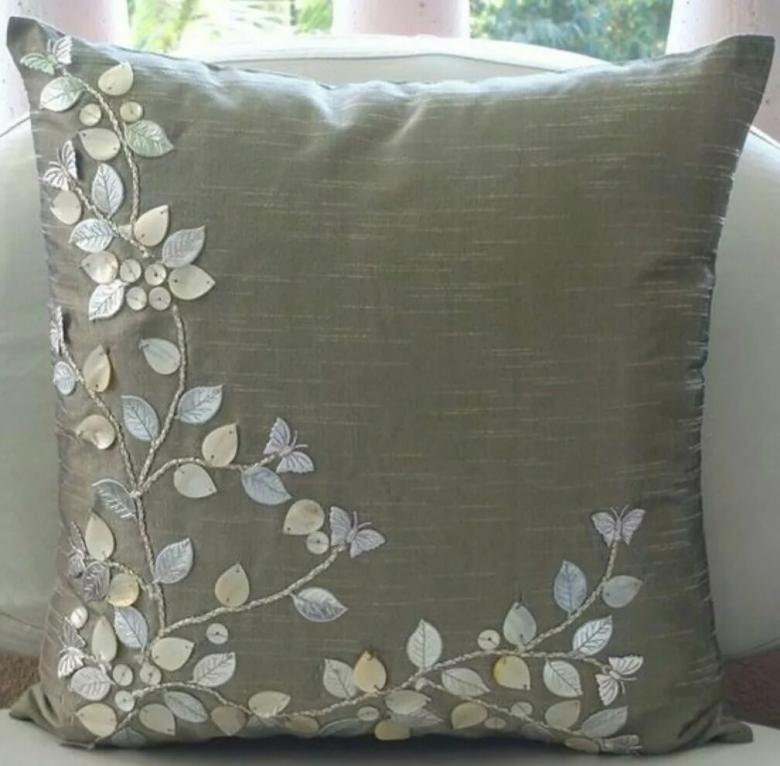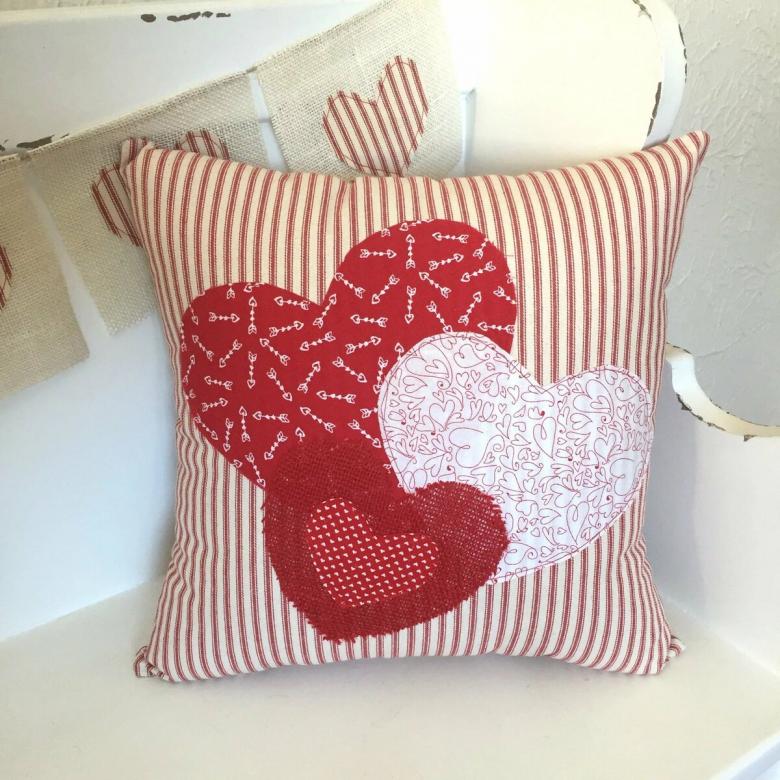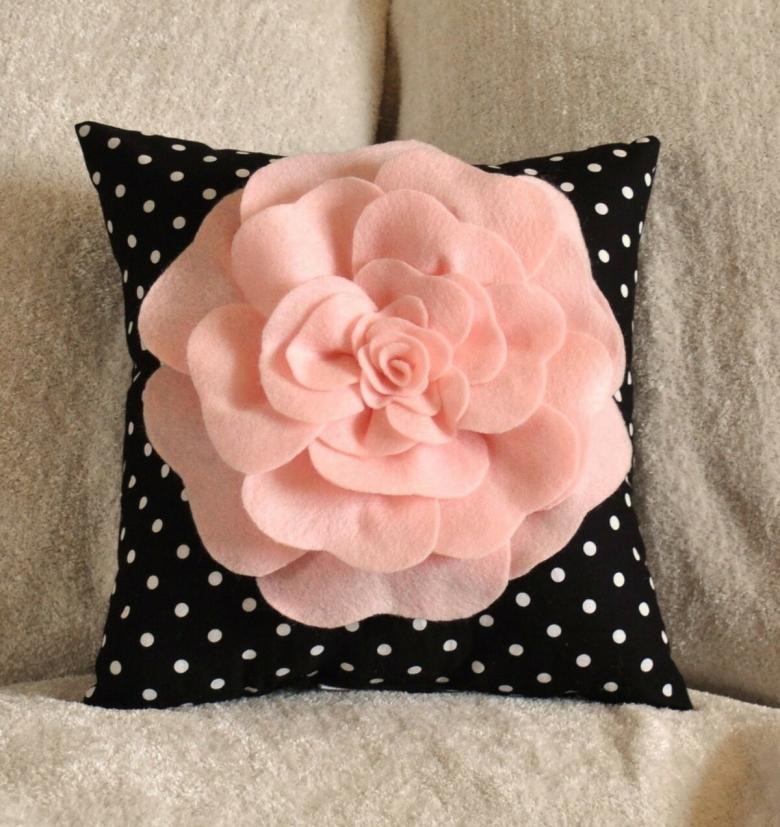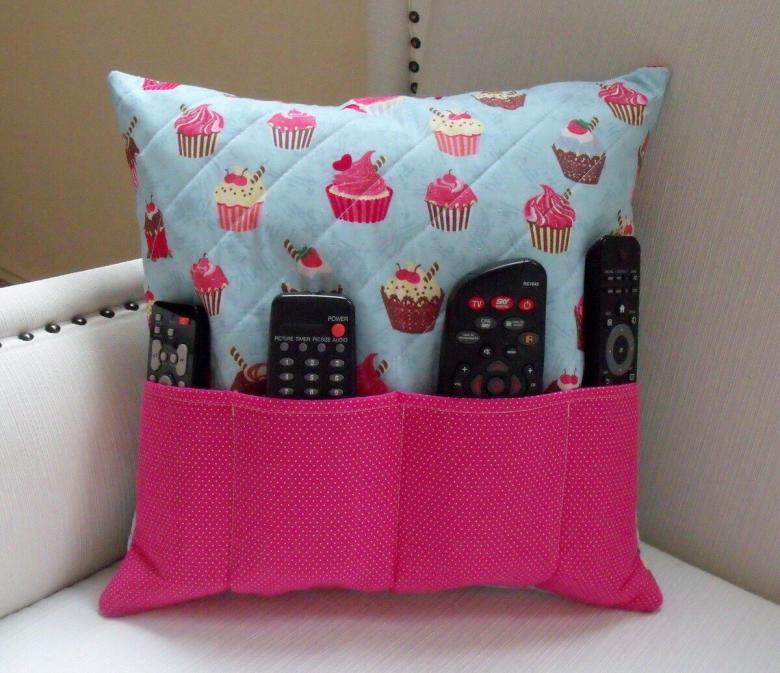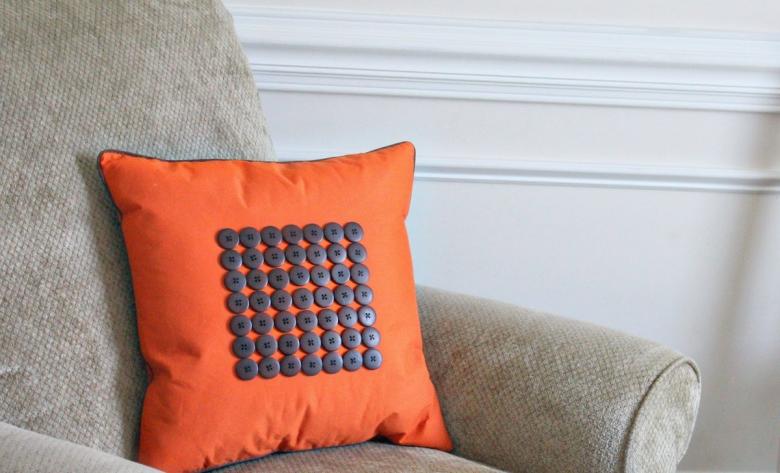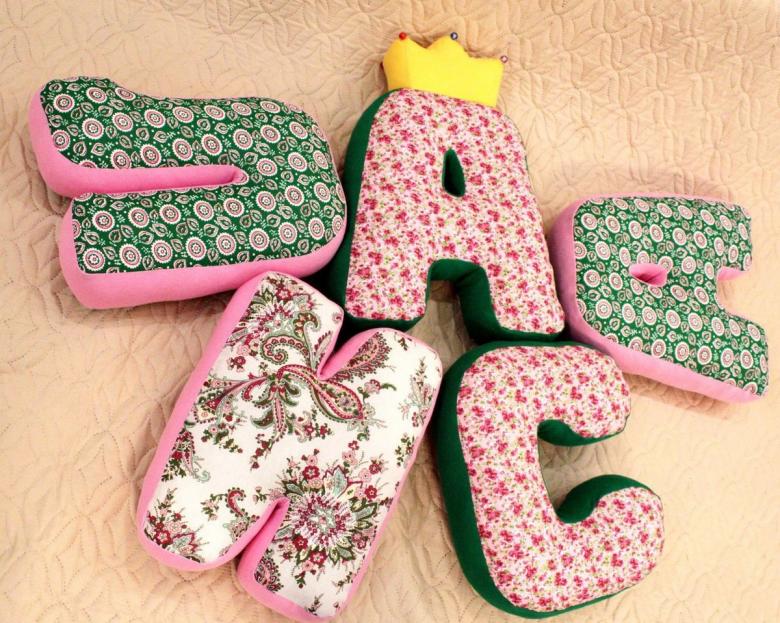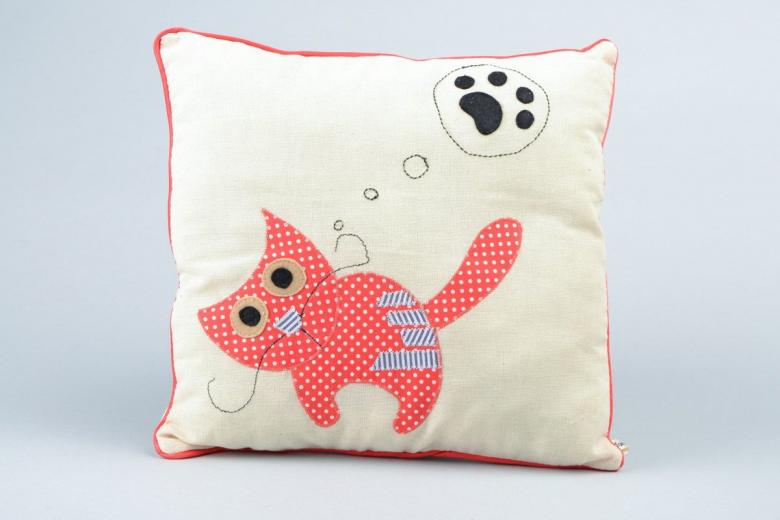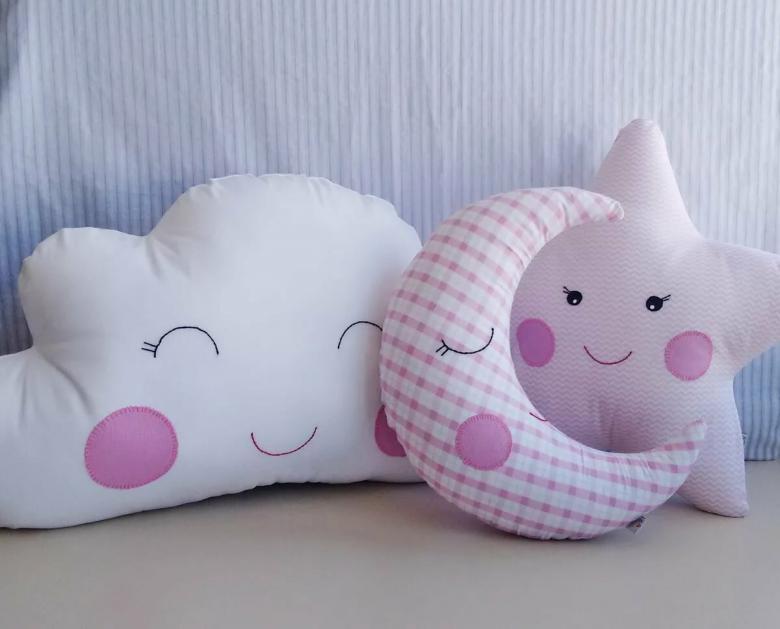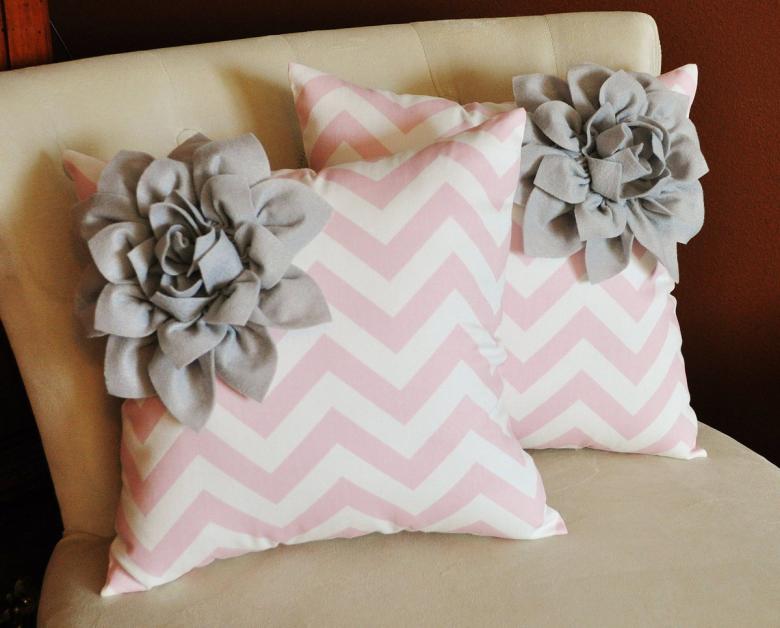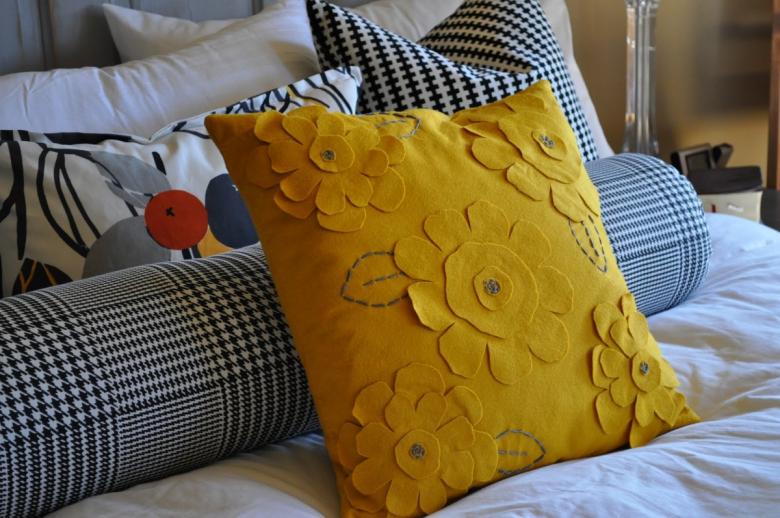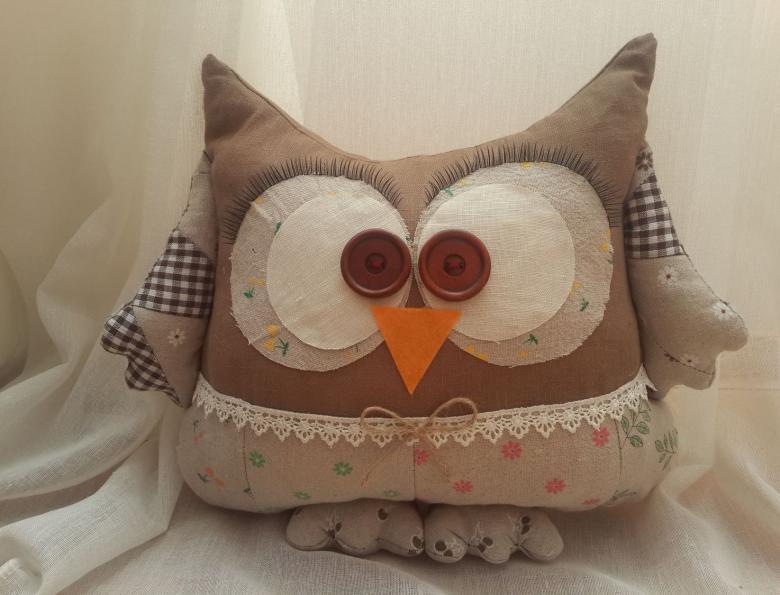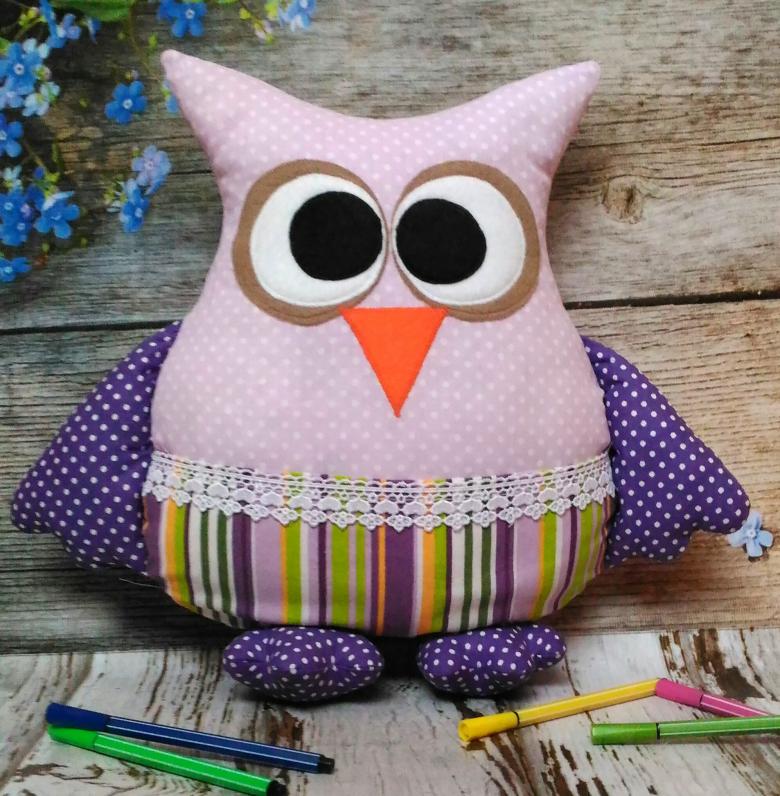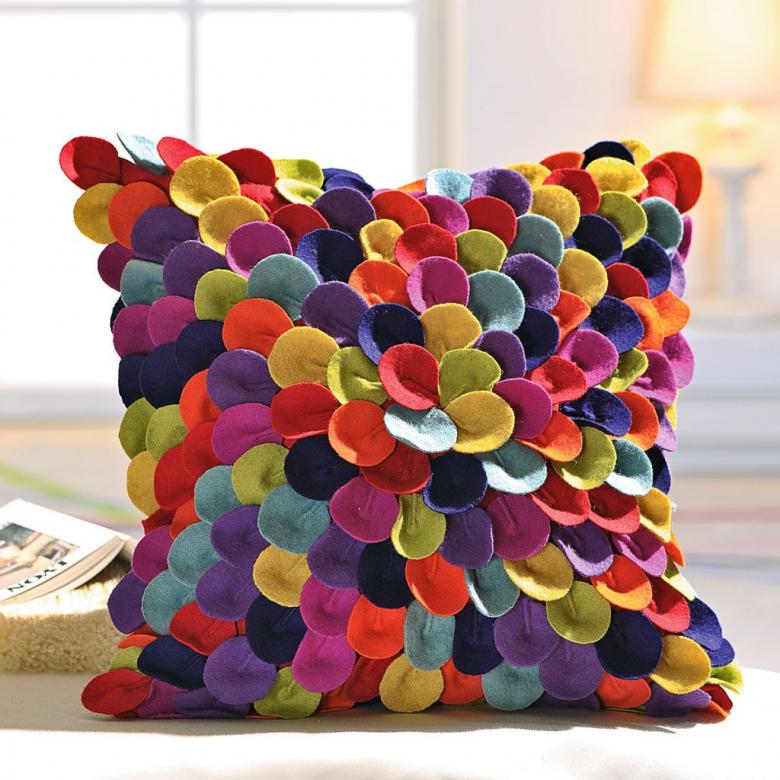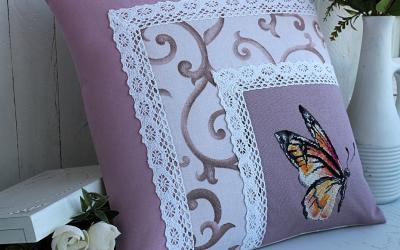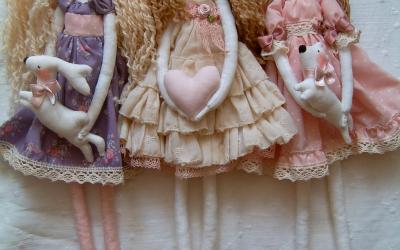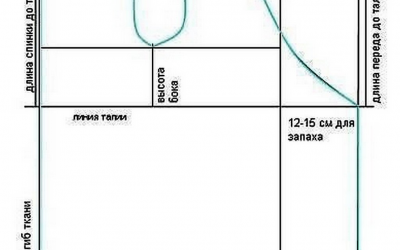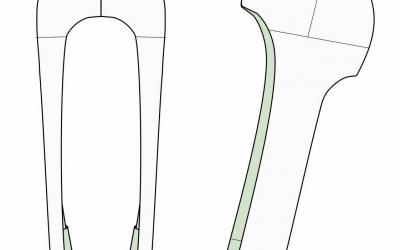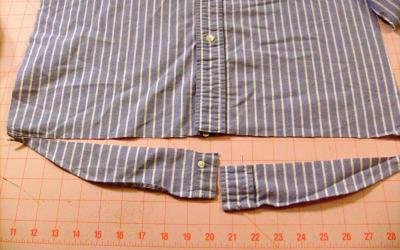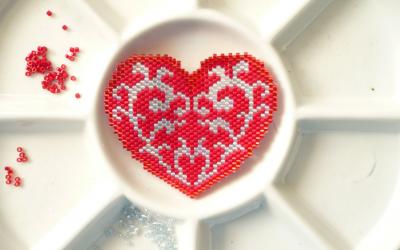How to sew a pillow with your own hands - patterns, step by step description, types of models, cool photos of work
Sewing things for the interior with their own hands is an entertaining and interesting work. Every housewife dreams of a cozy design in her own apartment. If there is a lack of money, then imagination and enthusiasm always comes to the rescue, well as a needle and thread.
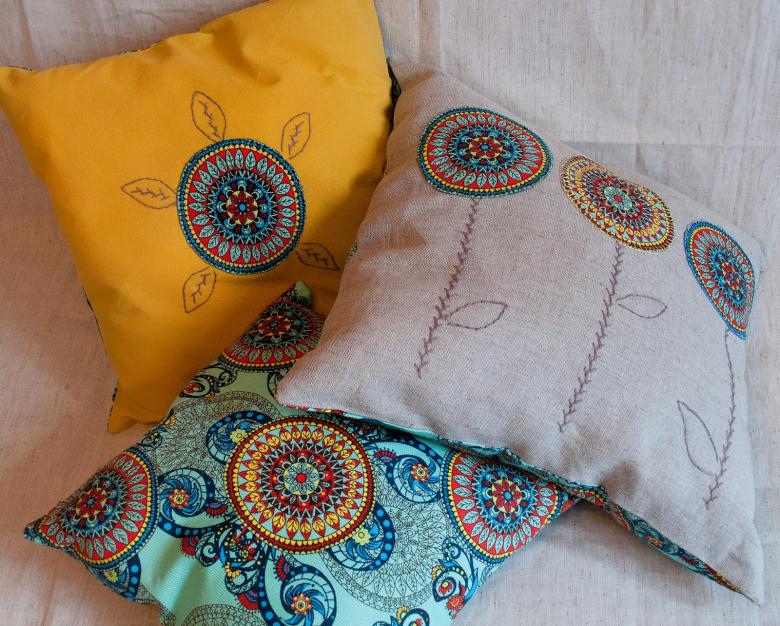
Brief info on pillows
Creating pillows at home is a great option for aspiring needleworkers. You do not need special training courses and a huge luggage of knowledge in the field of sewing. Create decorative pillows with their own hands on the power of any girl.
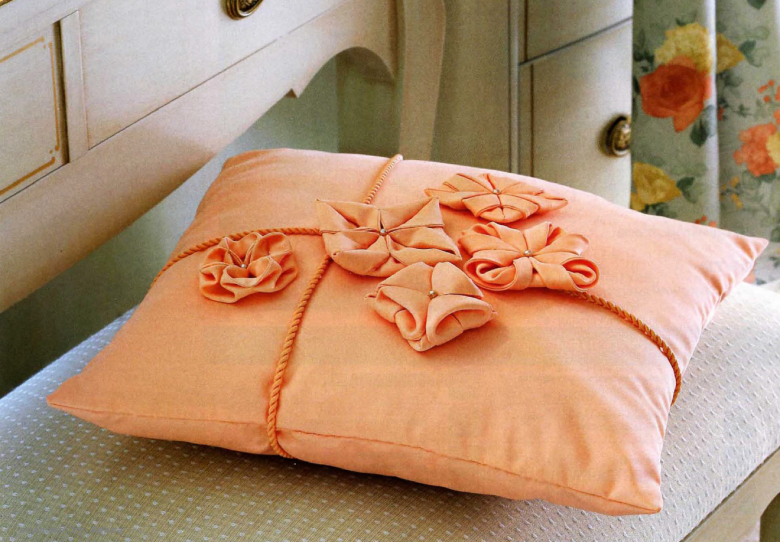
Types of pillows
There are several types of pillow products. They are classified according to their purpose and location.

According to the purpose allocate pillows:
- decorative (their task is to decorate the interior);
- For sleep (designed exclusively for the bed where a person sleeps, most of the time they are hidden under the covers).
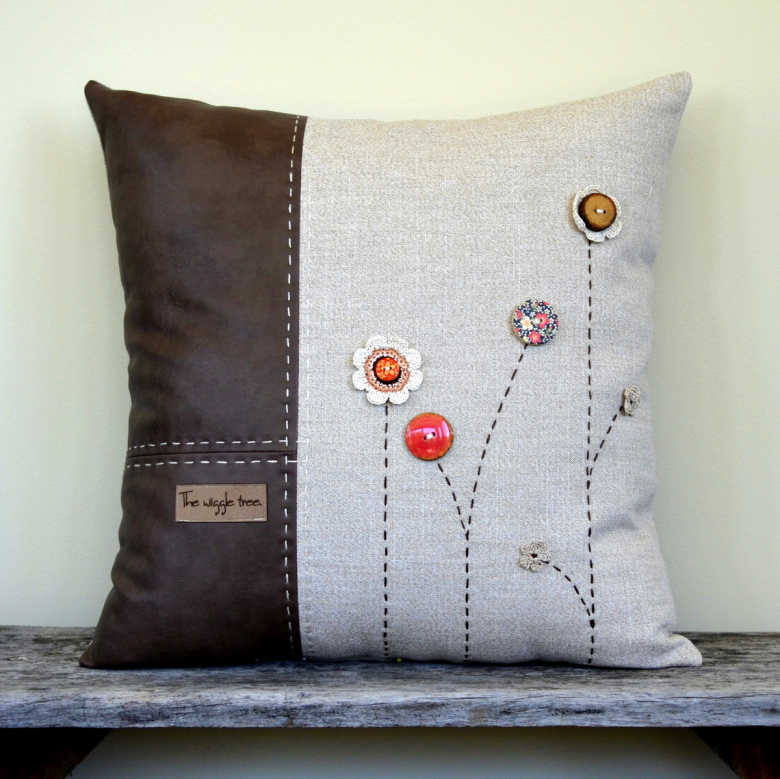
By location there are:
- sofa cushions (these products can flaunt on sofas or armchairs, chairs or chaise lounges);
- foot cushions (this type is now rare, they are used to avoid getting cold feet in cool weather);
- Floor cushions (this type is folded on the floor and is considered an excellent substitute for chairs).

The form of the cushions
Speaking of pillow product shapes, they are also classified into several variations. There are cushions:
- Classic (have the shape of a rectangle or square);
- rolls (heavily padded cushions that are made in the form of cylinders);
- bouffes (they serve as an object of decoration and are round in shape);
- shaped (this includes all the remaining options).

In today's world, the most popular shapes are heart-shaped and letter-shaped pillows. Furry hearts are in demand among couples in love, and letters are often sewn for newborn children.
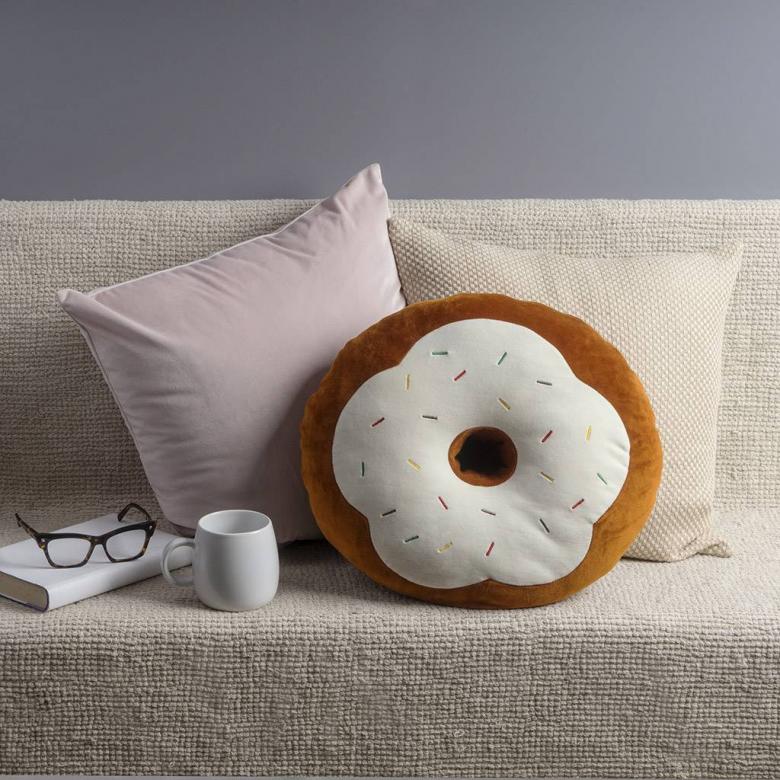
Types of fabrics
When choosing a material, it is important to understand that the cover or pillowcase is the "face" of the pillow. To make the product, usually choose durable fabrics that will last for several years. For homemade pillow products they often take unnecessary material, such as worn things like T-shirts and jeans or various leftover scraps.
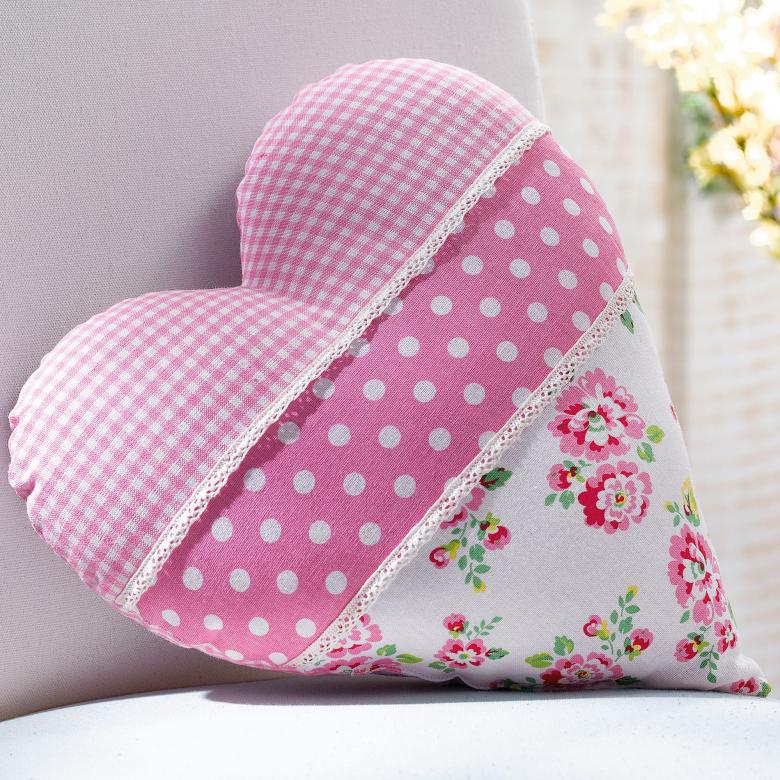
When choosing fabrics, it is better to refer to natural options such as silk, linen, cotton, and wool. The material for the cover must comply with the rule of "compatibility" with the filling. It is recommended to use dense fabrics for "loose" fillings, and delicate fabric for delicate ones. This material will allow you to feel this stuffing. For pillow covers often use fleece or felt, jacquard or satin, percale or batiste.
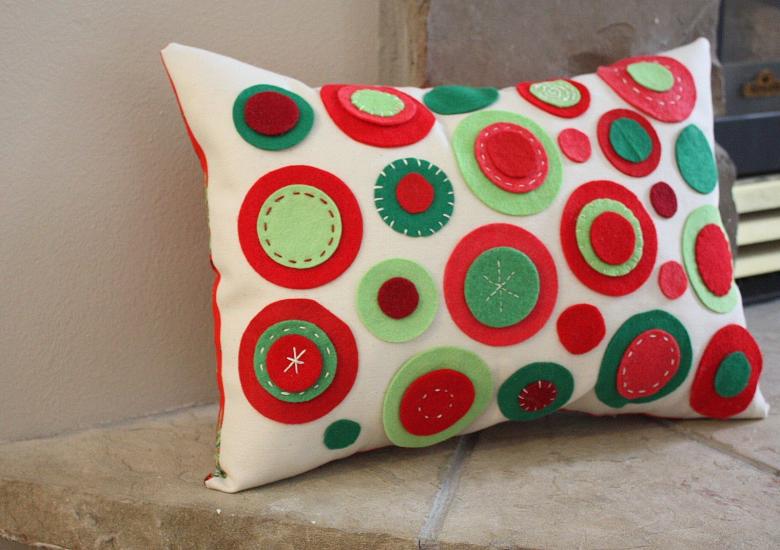
Types of stuffing
With what should you stuff a pillow? Ideally, it is better to use natural filler. This includes swan feather or goose down, sheep's or camel's wool. However, these types of padding require careful care. Also, because of their expensive price, these fillings are purchased exclusively for sleeping.
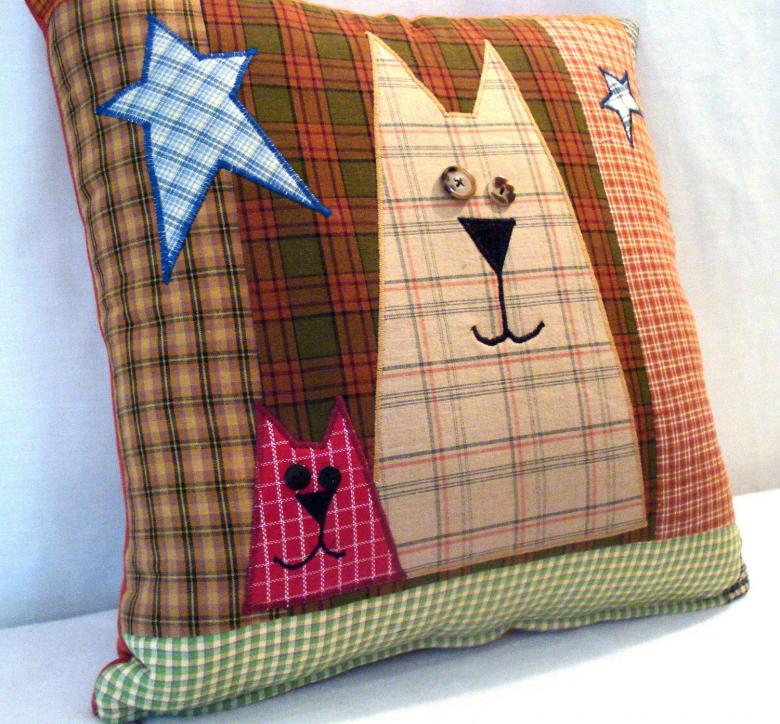
Decorative pillows are usually stuffed with synthetic fillings, such as synthetic, Hollofiber or latex version. Also allocate this type of filler as comforter. This material consists of small balls, which quickly return their shape back after pressing them.
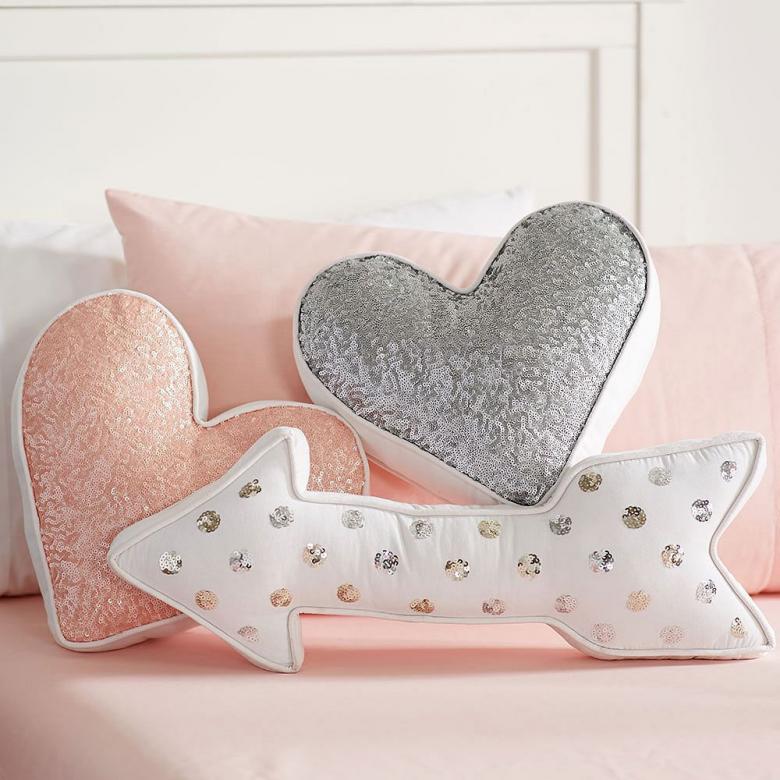
Step by step instructions for making a pillow
Sewing a cushion product is divided into the following main steps:
- making a pattern;
- joining the elements of the finished sketch by stitching;
- stuffing;
- final sewing;
- making the pillowcase or cushion cover.
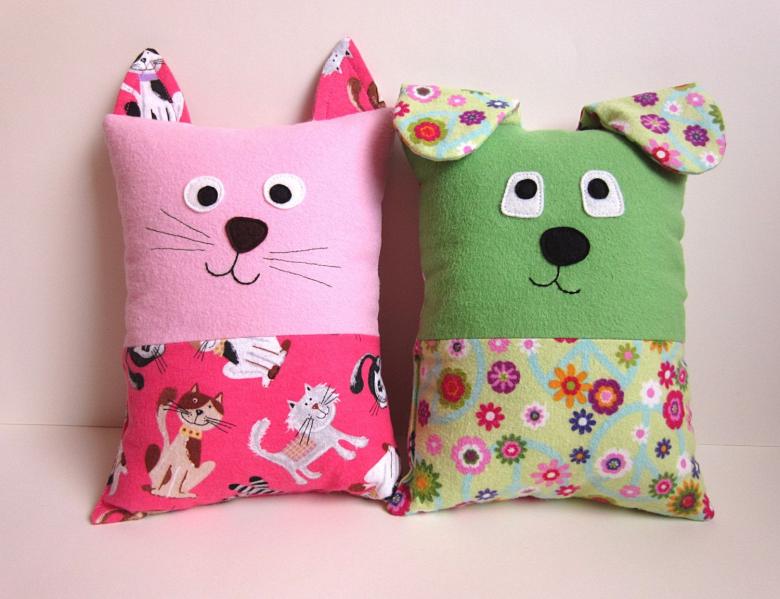
The pattern
It is recommended to start sewing with a pattern. A pattern is a kind of "template" for further work. To make a drawing of a pillow with a complex shape, such as animal or letter, by your own forces will not be easy, but to make a pattern for the usual rollers - a real task for beginners. The main thing is to leave allowances ("reserves" of fabric).
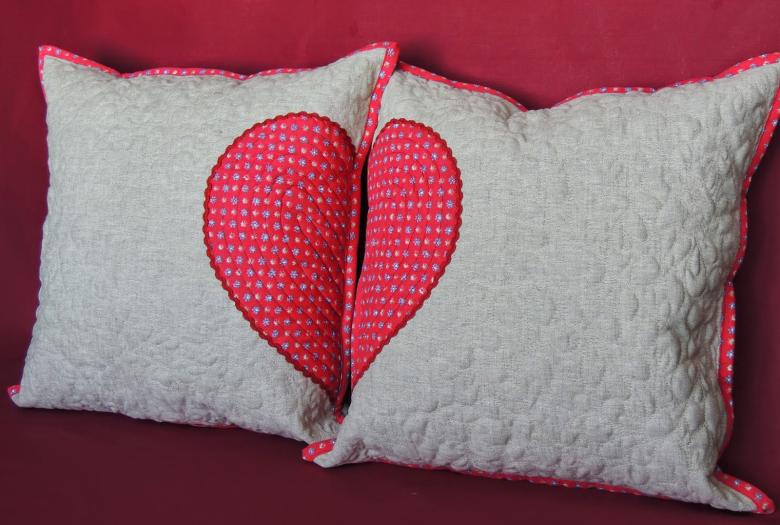
70x50 cm is the standard size of an ordinary pillow. After measuring, a marking is put on the material. It should be marked on the wrong side. Then the pattern is cut out. If the pillow has a complex shape, it is better to use the prepared sketch. This template is attached with pins to the fabric, then also cut out.
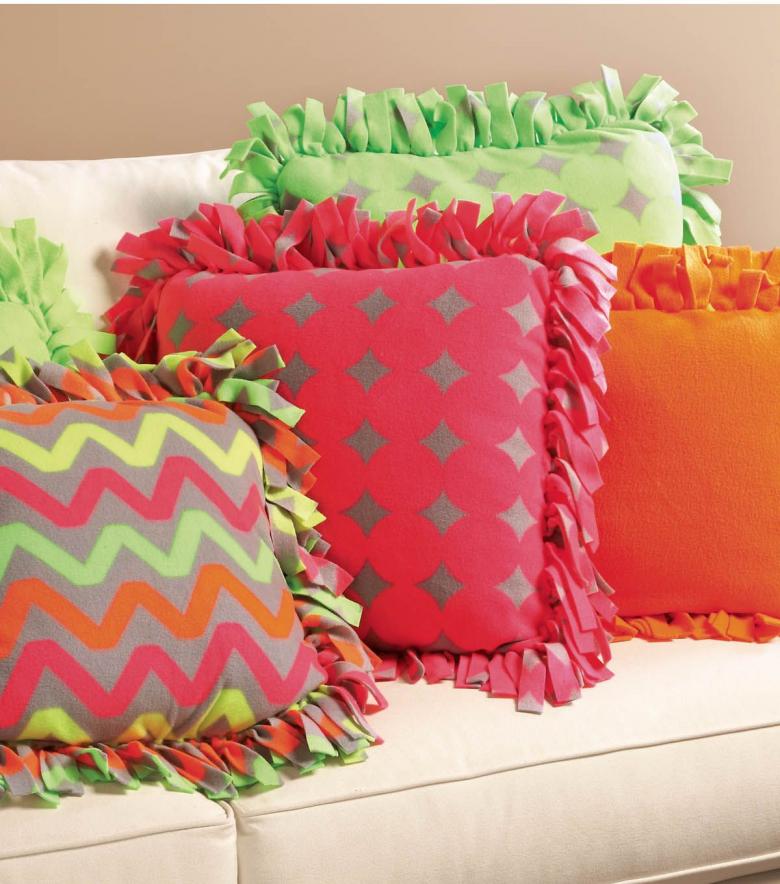
Sewing
After preparing the patterns, you should sew the parts together on the wrong side. The seam should be carried out on a pre-marked line. If there is a sewing machine, it is better to use it, then the stitching will be much neater. If the work is done manually, then the stitching should be less. Three sides of the pillow are sewn completely, the fourth side should be sewn halfway. Through the hole you must first turn out the pillow, then stuff it with filler.
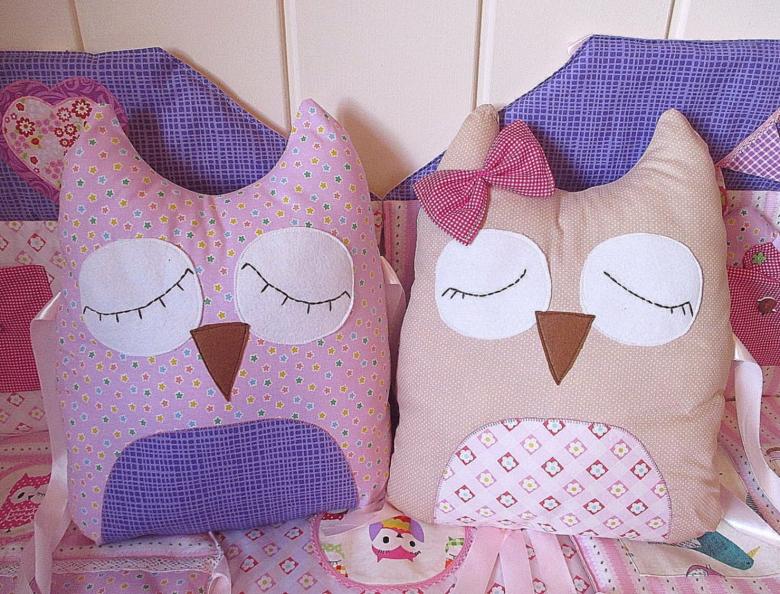
The edges of the fabric should be trimmed with an overlock. The unsewn hole must be sewn up with a blind stitch.
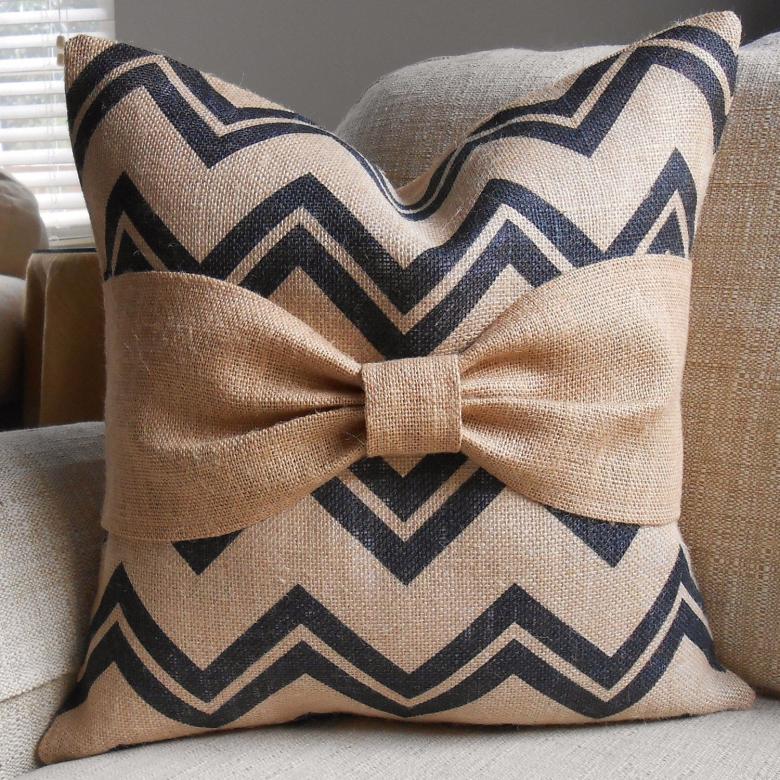
Stuffing
It is much easier to fill a pillow with synthetic stuffing than with natural stuffing. The down is very light, so at the slightest movement it starts to fly around the room. Just pick up and move the down will not work. Therefore, it is better to act according to this method:
- make a small hole in the old cover and sew it to the new pillow;
- A little "twist" and crumple the down;
- move the stuffing by hand from the old cover.
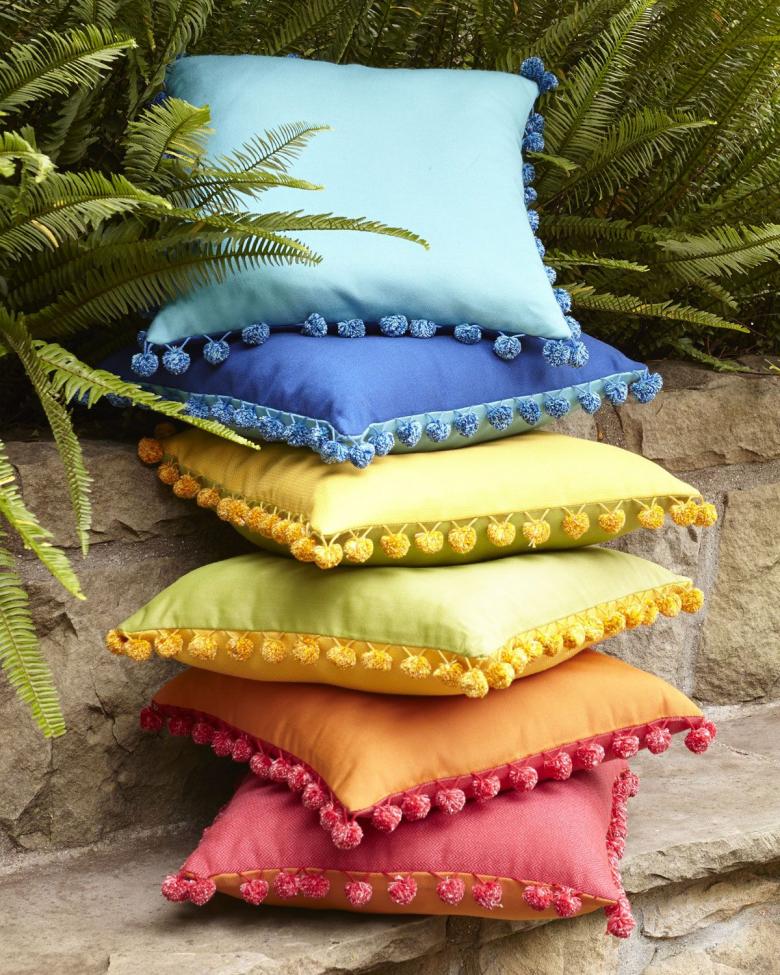
If the down is purchased in the store, the same principle should be followed. This process takes several hours, so it is an activity for patient people.
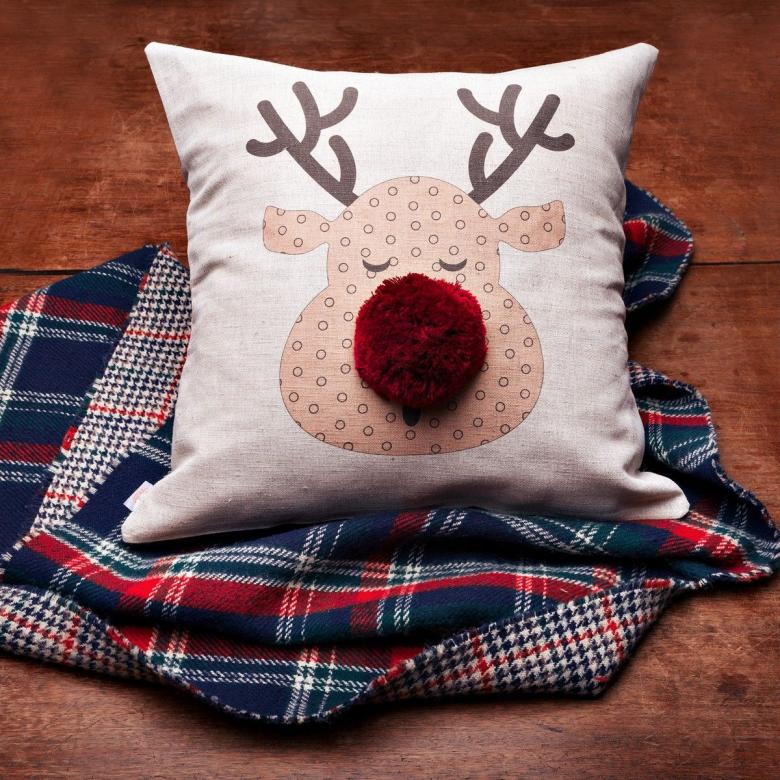
Making a pillowcase
How to sew a pillowcase on a pillow? Many needlewomen ask this question after sewing the product.
First, you should choose a design so that it fits stylistically into the room. If this need is not present, you can use any fabric.
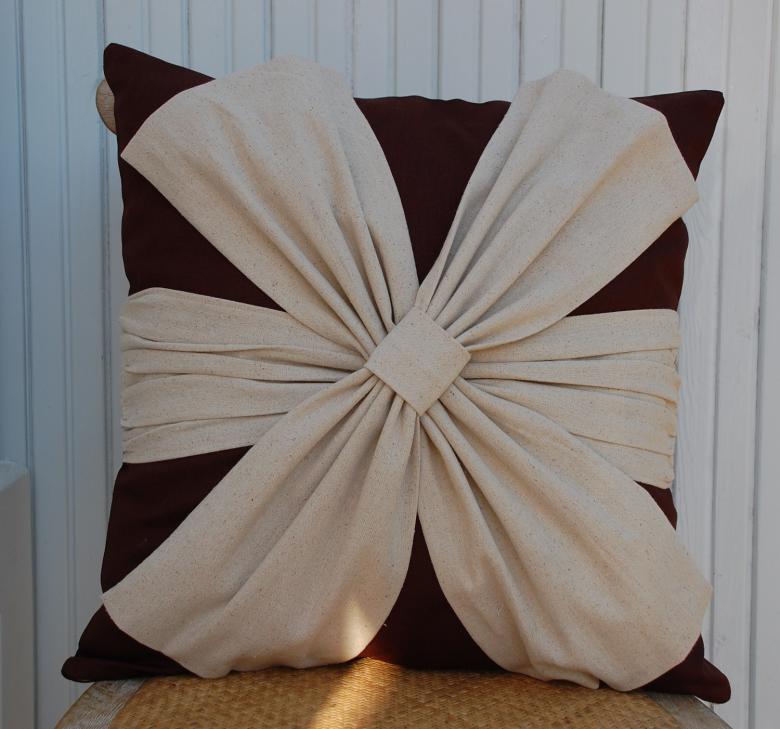
The pillowcase is sewn in the same pattern as the pillow. For example, if the size of the pillowcase is 70x50 cm, then you should make the pillowcase 72x52 cm, and you should also leave some centimeters for allowances.
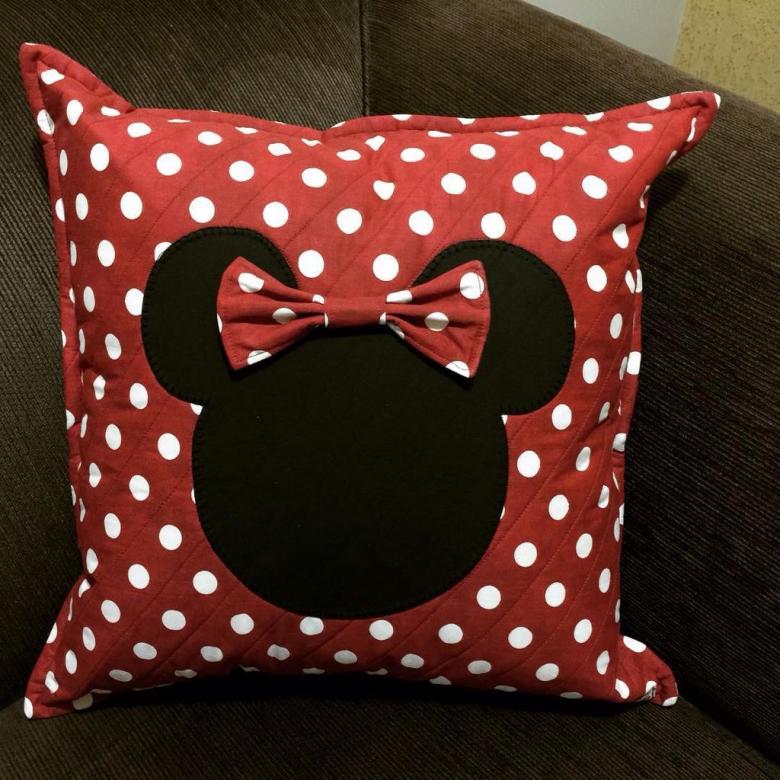
If you have no plans to make a pillowcase, you can easily buy it in a store. At the moment, for any size you can find a ready-made cover.

Pillows for pregnant women
Pregnancy in the second half of pregnancy can be very uncomfortable for a girl. Women often suffer from back pain, swollen legs and other ailments. Therefore, the pillow for pregnant women with their own hands is a valuable item for expectant mothers, with the help of which you can sleep and rest properly.
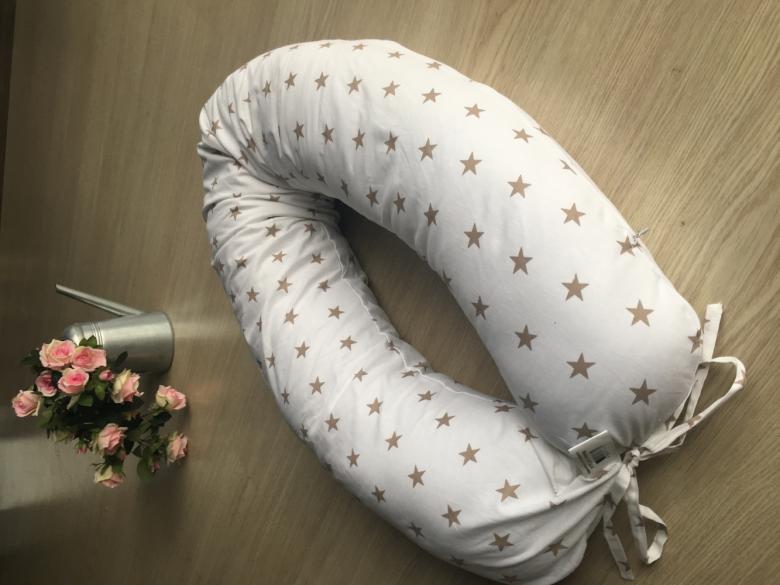
Almost all pillows for pregnant women have a horseshoe shape or a long boomerang. The advantages of these forms are as follows:
- First, the pillow product can be unfolded and "bend" as desired;
- Secondly, these pillows perfectly unload the legs of pregnant women;
- Third, by giving the body the most comfortable position does not feel tired in the back.
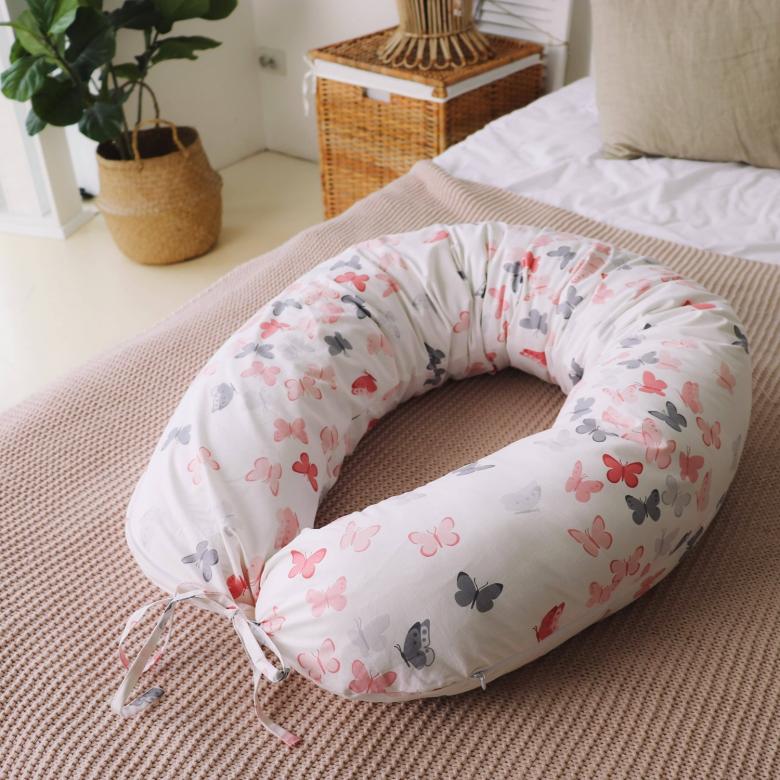
Making a pillow for pregnant women is a great way to occupy yourself on maternity leave. Perhaps in the future it will turn into a hobby or extra income for someone.
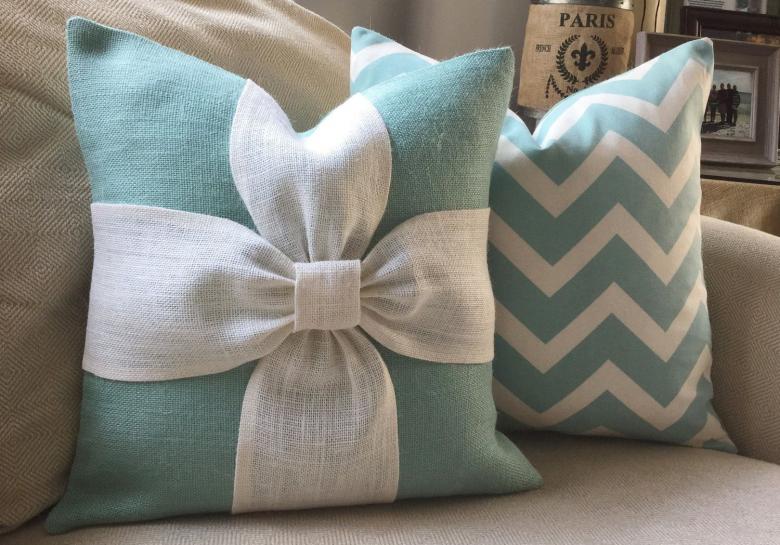
Sewing a pillow at home is not difficult. After watching a few video tutorials on the Internet and reading a couple of articles about this process, even a novice needlewoman can make simple pillows for sleeping or decorative items for sofas.

